Selous Game Reserve Nov.-17.
Starting a new school project again for the third time made me again visit Tanzania early November 2017. This was my 4th trip to this fabulous country and after finishing the agenda concerning the project, we had some holiday before going back. This time I visited Selous Game Reserve, which is the largest game reserve in Africa. Not being a national park means advantages and disadvantages. Good for visitors is the possibility to drive wherever you want and also get out of the car if you want/ need. A large part of the reserve is bushy which means it sometimes could be difficult to see the mammals. One superb thing is that you could do a boat trip on Rufiji River and look for hippos and crocs and of course some birds related to water. I spent 2 1/2 days here, sleeping at the new Selous Mapumziko Lodge which is about 15 min drive outside the park on the eastern side. This means lower prices as prices inside the reserve is high. My guide mentioned a lodge which costs around 2000 dollars/ night!!!!. Not for a teachers salary!
The first afternoon we took a boat ride which was very nice. We saw many hippos and also a few crocs.
I had some hope to find White-crowned Lapwing and Böhm's Bee-eater which both are special birds for this area and not easy to see at other places. White-crowned was easy and the lodge had two pairs of Bee-eaters breeding on its grounds.
The boat trip was also nice for weavers and kingfishers. The Af. Golden Weaver was common and breeding at this time and we also saw both Malachite and A. Pygmy Kingfishers along the river banks.
Selous is famous for the rare Wild Dog, which I unfortunately didn't see but of course we saw some other nice mammals as these Greater Kudus which is one of the biggest antelopes you can see. On its back you can also see Red-billed Oxpeckers.
The most numerous and common animals are the Warthogs, the Impalas and Giraffes which are plentiful all over the park.
I have now been on 5 different safaris but this was the first time we got stuck. We were lucky to have an other jeep just in front of us at this situation otherwise I don't know what had happened.
There are 6 or 7 lakes which you pass when driving around in Selous. As usual many birds are attracted to this and a good place to spot them. The "umbrella bird" or the Black Egret which is the correct name, was very funny to watch when it walked around and pushing its wings like an umbrella to se the fishes better. The same type of behavior can also be seen by the Hammerkop.
As I said in the beginning, one of the highlights here in Selous is that you can drive wherever you want and get out of the car. Having lunch like this just make you want to get back.
Right next to my table I had some curios White-browed Sparrow-weavers and Lesser Blue-eared Starlings.
Other mammals seen were Spotted Hyena, Waterbuck and families of Baboons.
New birds on my life list included the Dickinson's Kestrel and Retz's Helmet-Shrike, both striking birds in their own way.
Some of the more common birds were Cut-throat Finch (juv), Af. Open-billed Stork and Emerald Spotted-Dove.
There were many of the classic colorful birds like Bee-eaters and Rollers. Here you can see White-throated Bee-eaters, Little Bee-eater and Lilac-breasted Roller
Raptors and Vultures were quite common but not easy to approach for good photos. However, these White-backed Vultures, a single young White-headed Vulture, a young Af. Hawk-eagle and an Af Fish-Eagle were cooperative enough for some decent photos.
When we stopped for some antelopes my eyes fell to this creature inside a bush. First I thought it was a bird but then realized it was a bat. This one,probably common here, is called Yellow-winged Bat and is just so beautiful.
An other new bird for me on this trip was this cute Collared Palm Thrush, which I saw about five times.
Driving around in a park/ reserve like this is just so nice. Usually not far between new birds makes the days go too fast. Here Fisher's Sparrow-Lark, Af. Grey Hornbill, Red-billed Oxpecker on a Giraff and a proud and stunning Saddle-billed Stork.
When I stopped at these birds I got confused as the were mating and in my opinion were different species. Sending this picture down to a member of Tanzania birds (org) and got the answer that the "blackheaded" bird is not a Burchell's Coucal but a hybrid between this and a White-browed Coucal, which is the second one. The crazy thing about this is that I saw one more mating pair at a total different location between the same type of birds.
Down here you can first see the list of the Selous Mapumziko Lodge and further down birds seen in the reserve itself, during 2 1/2 days. I had a great time and really recommend anyone to do the trip.
List for Mapumziko Lodge.
Af. Fisheagle
Egyptian Goose
Af Open-billed Stork
Af. Darter
Little Egret
Striated Heron
Goliat Heron
Trumpeter Hornbil
Af. Crow
Spot-flanked Barbet
Brown-breasted barbet
Af. Skimmer
Common Sandpiper
White-crowned Lapwing
Water Thick-knee
White-browed Coucal
Green Wood-Hoopoe
Square-tailed Drongo
Fork-tailed Drongo
Speckled Mousebird
Ring-necked Dove
Emerald-spotted Wood-Dove
Little Bee-eater
Böhms's Bee-eater
White-fronted Bee-eater
Malachite Kingfisher
Af. Pygmy Kingfisher
Pied Kingfisher
Giant Kingfisher
Mangrove Kingfisher
Lesser Striped Swallow
Barn Swallow
Wire-tailed Swallow
Af. palm Swift
Yellow-bellied Greenbul
Common Bulbul
Zanzibar Sombre Bulbul
Arrow-marked Babbler
Tropical Boubou
Black-backed Puffback
Winding Cisticola
Af. Paradise Flycatcher
Black-throated Wattle-eye
Lesser Blue-eared Starling
Peter´s Twinspot
Red-cheeked Cordon-bleu
Common Waxbill
Olive Sunbird
Collared Sunbird
Purple-banded Sunbird
Af. Golden Weaver
Lesser masked Weaver

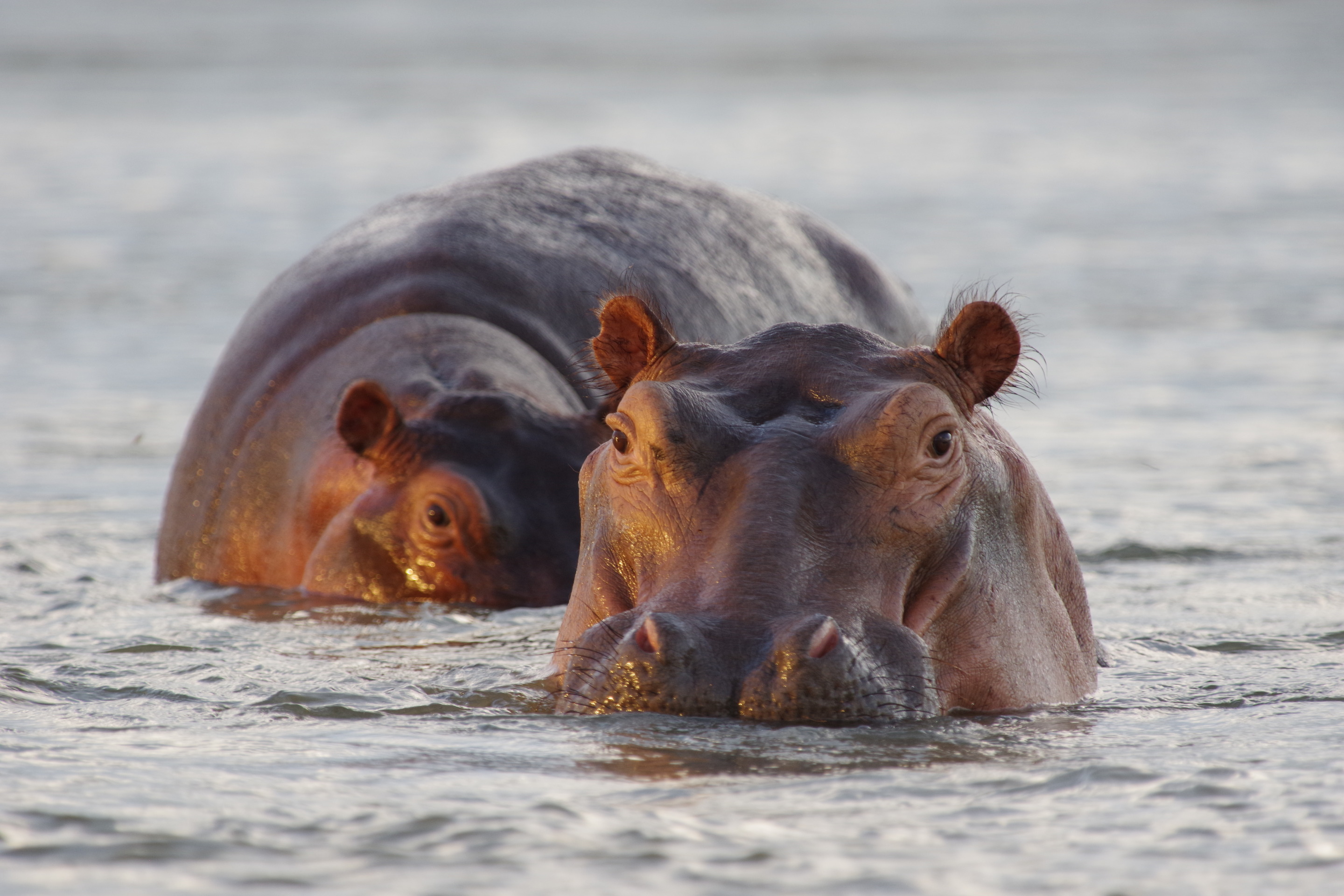
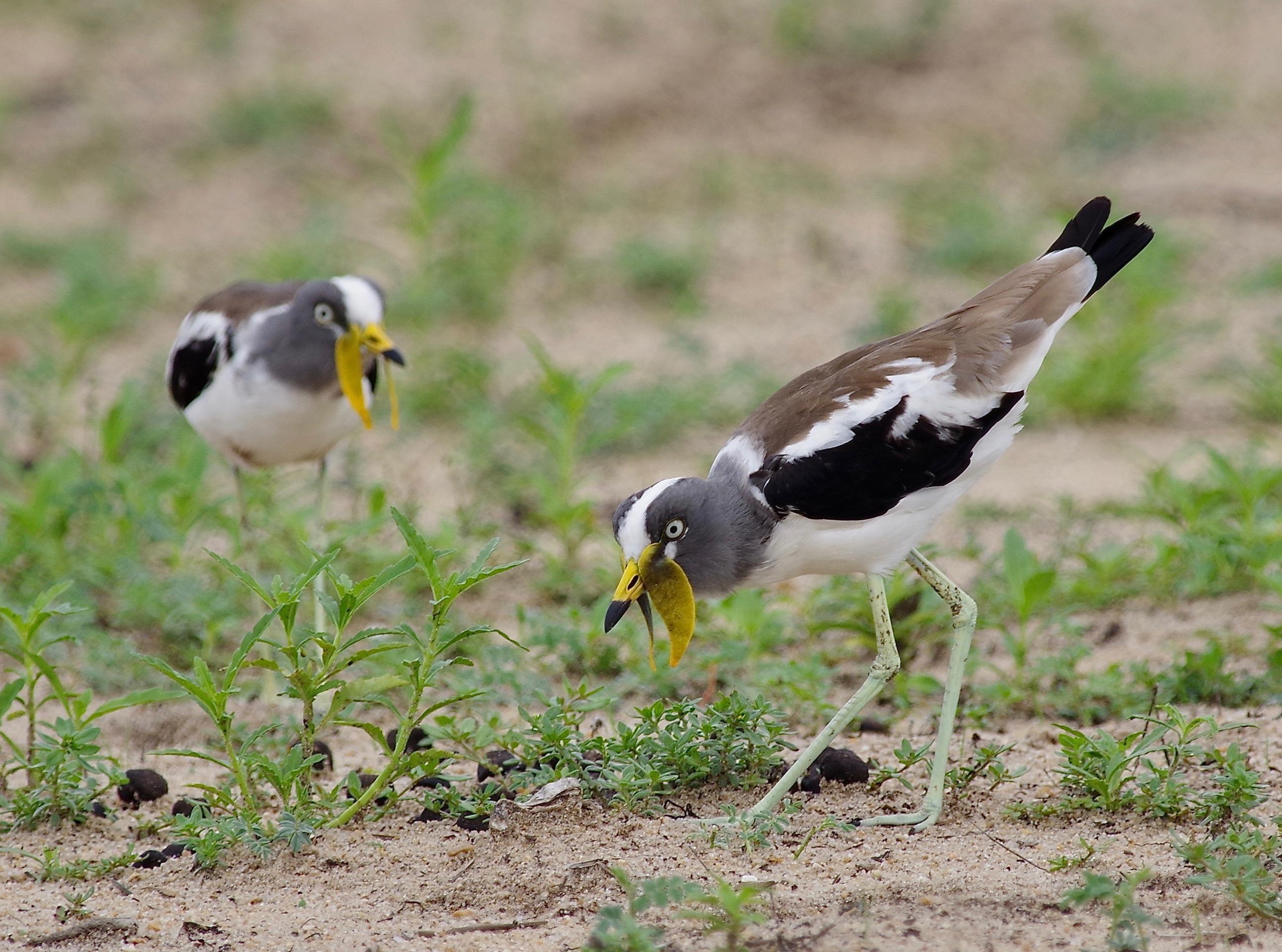

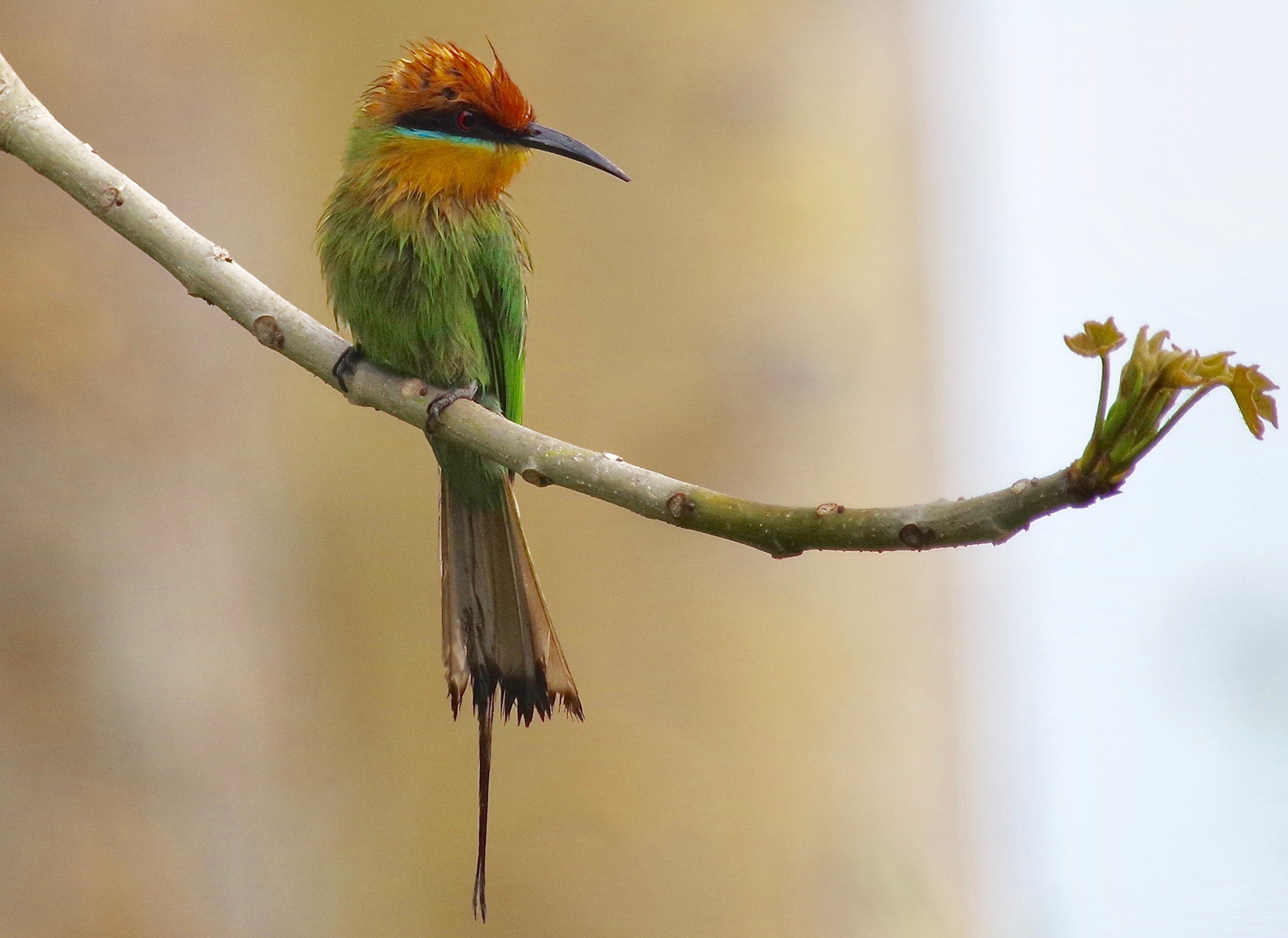
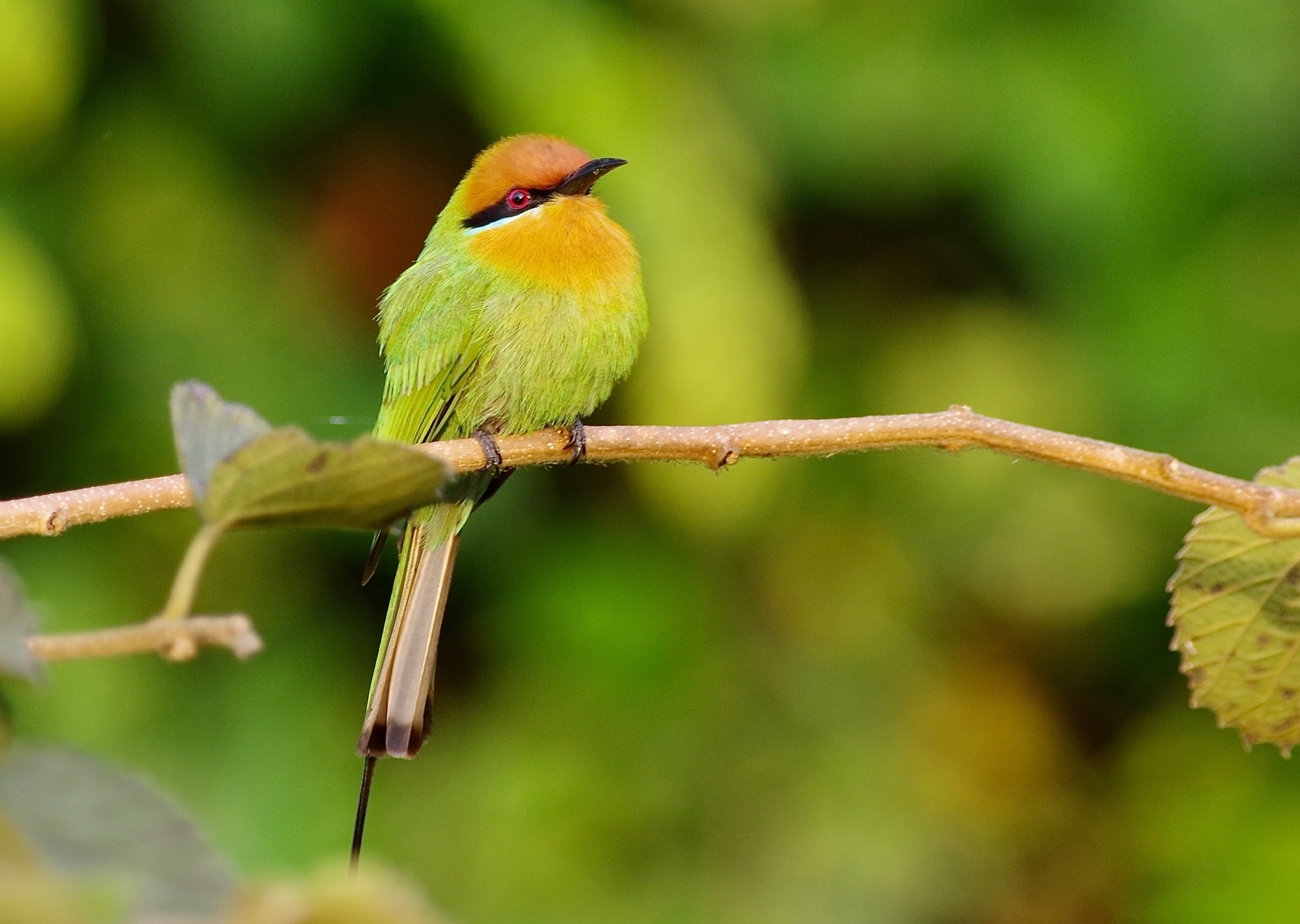
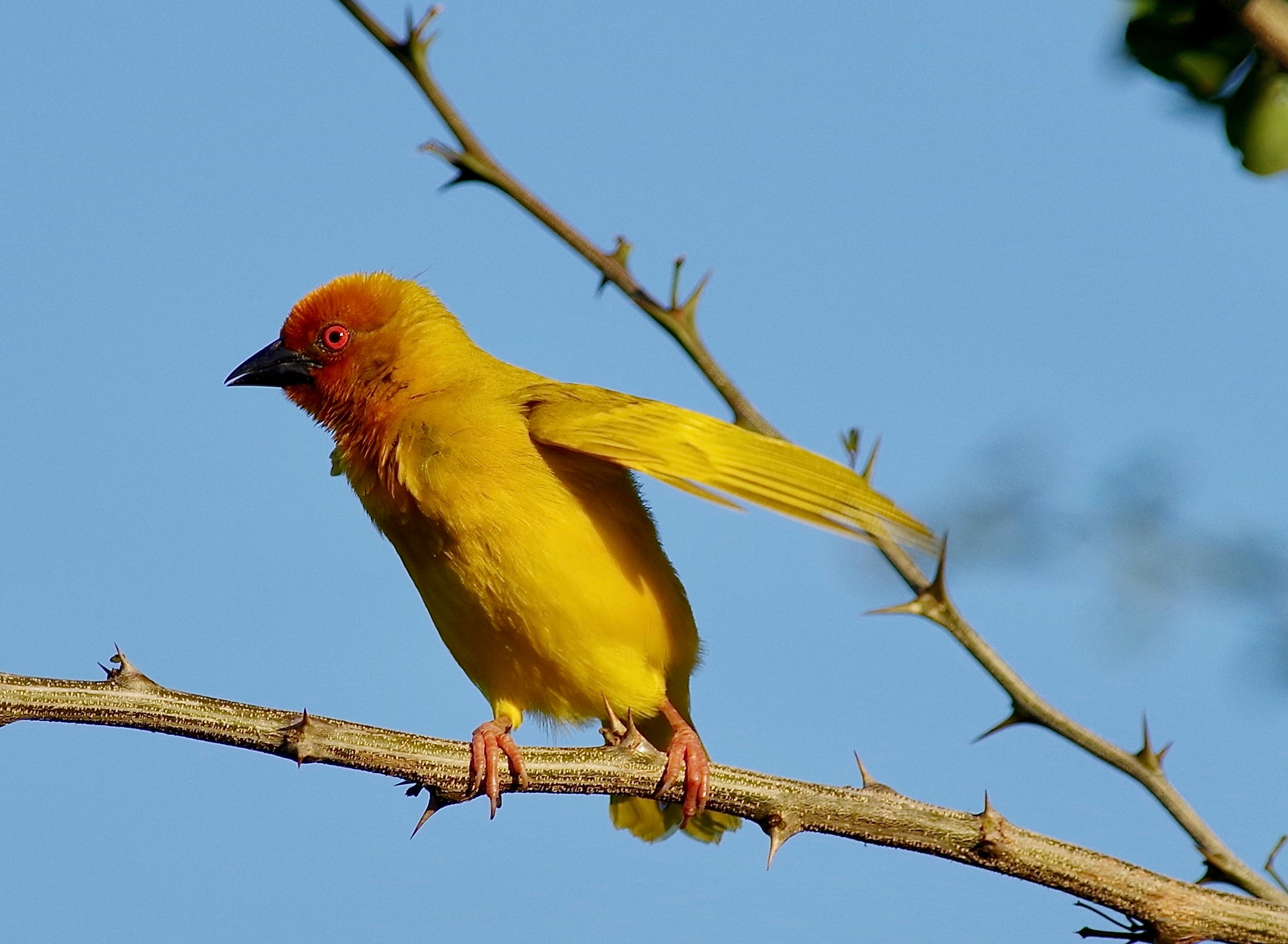
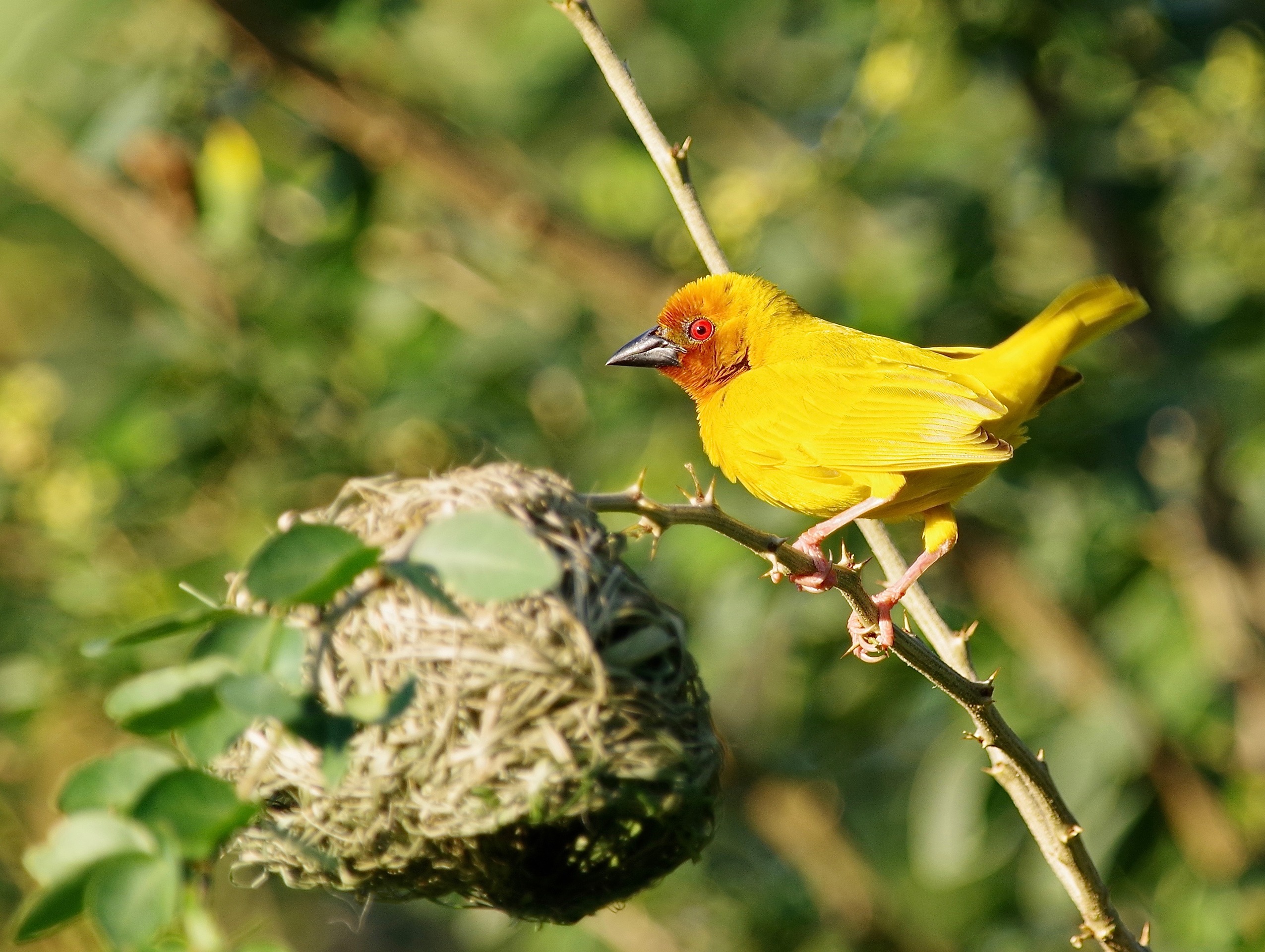
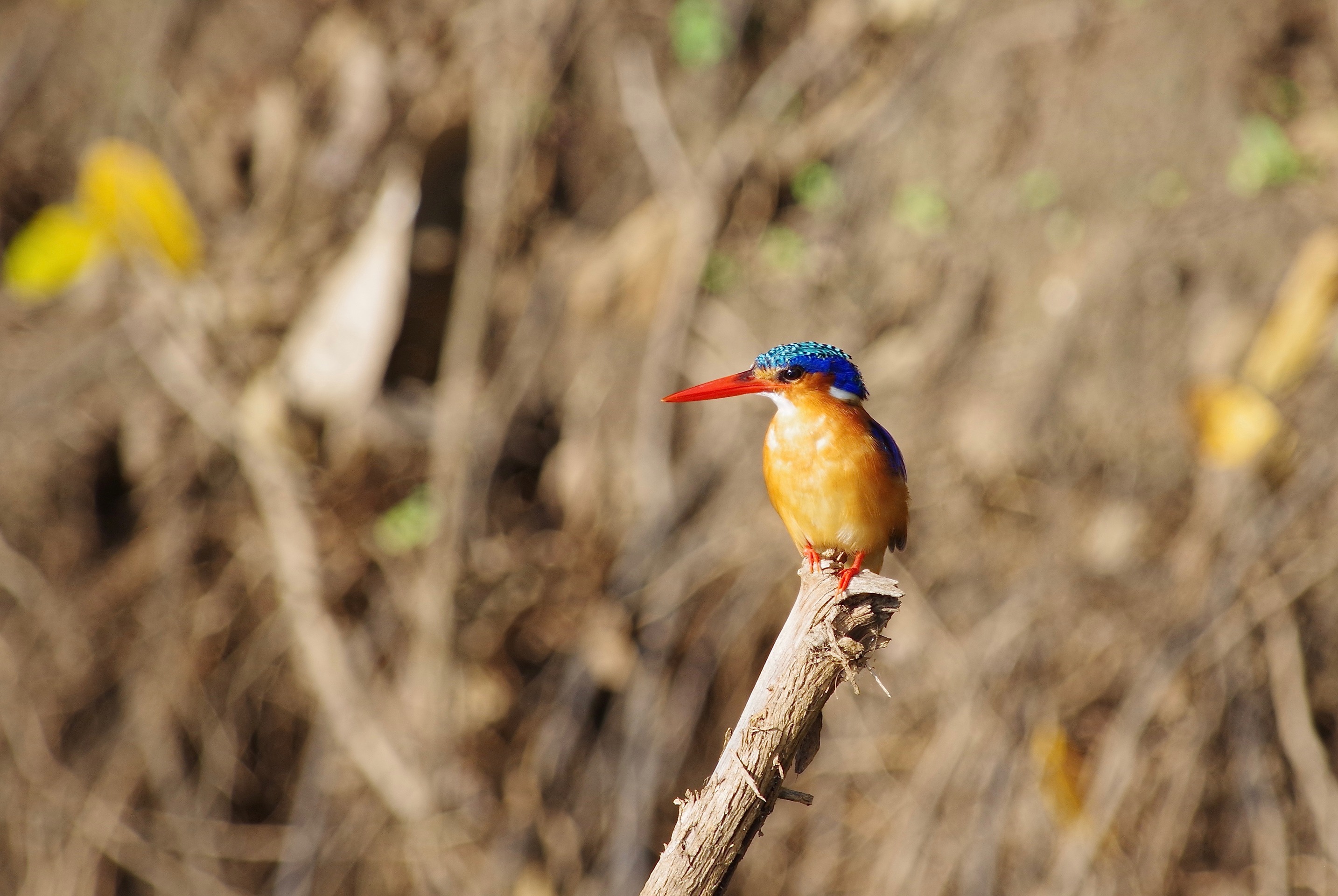
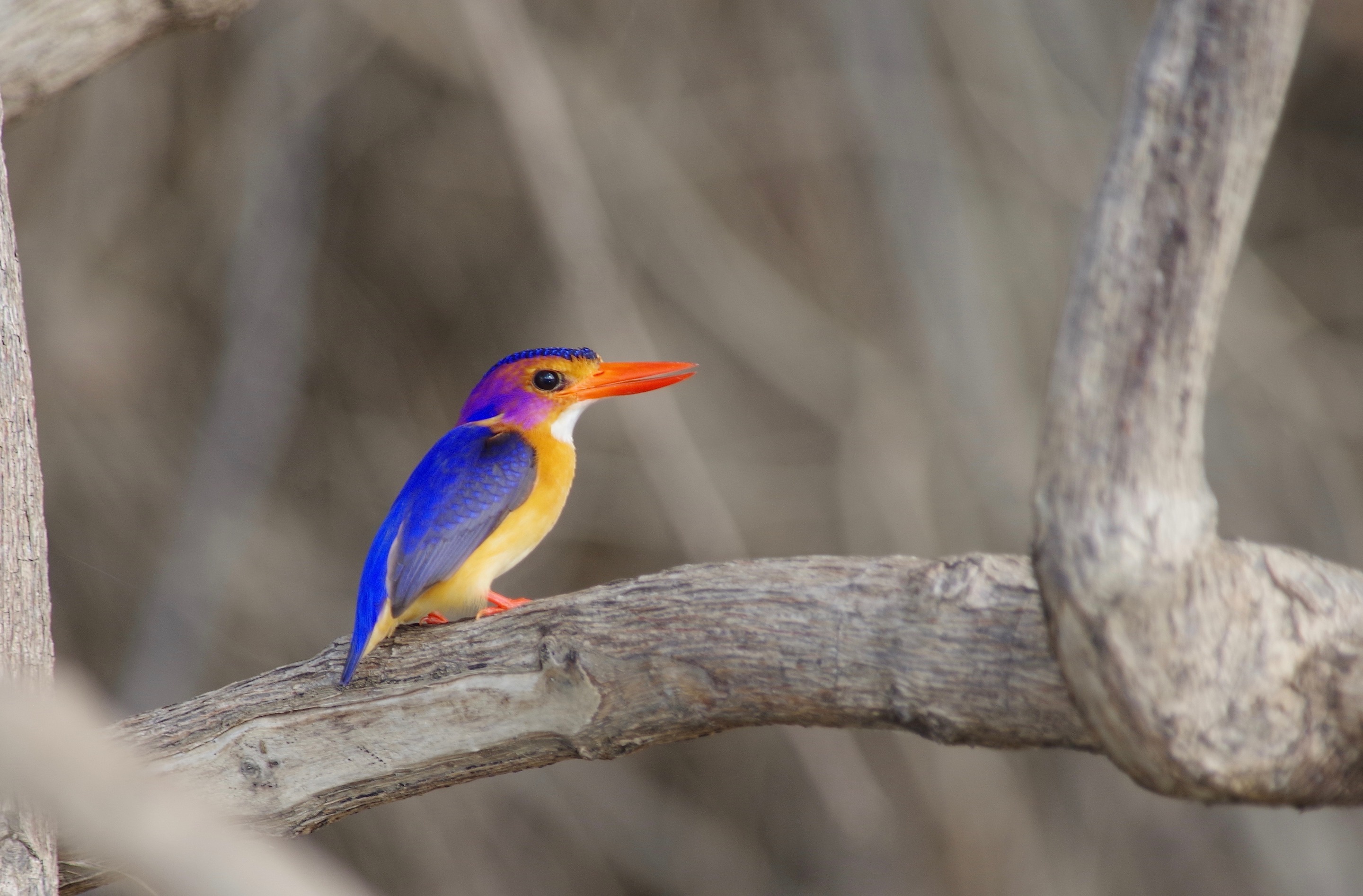
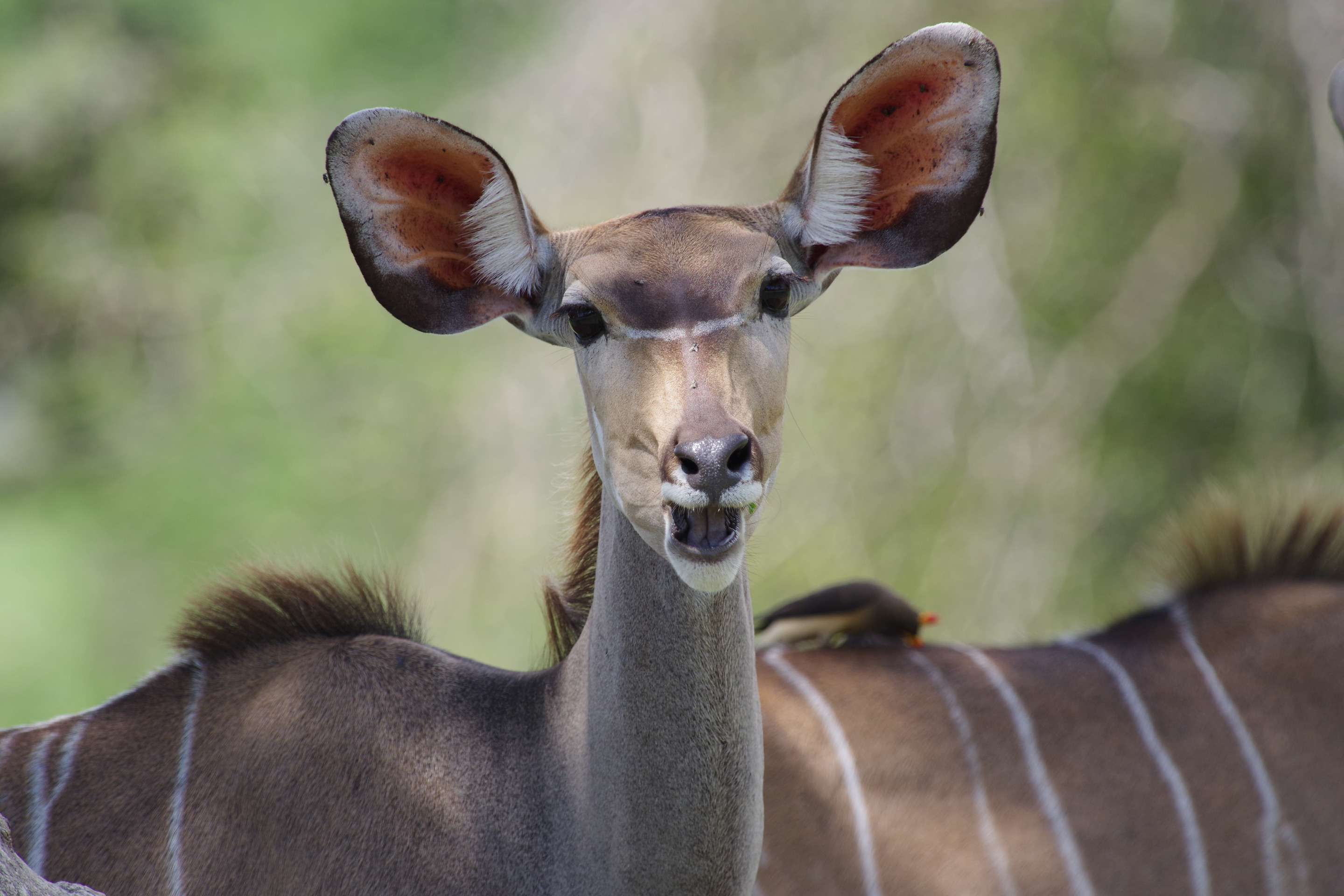
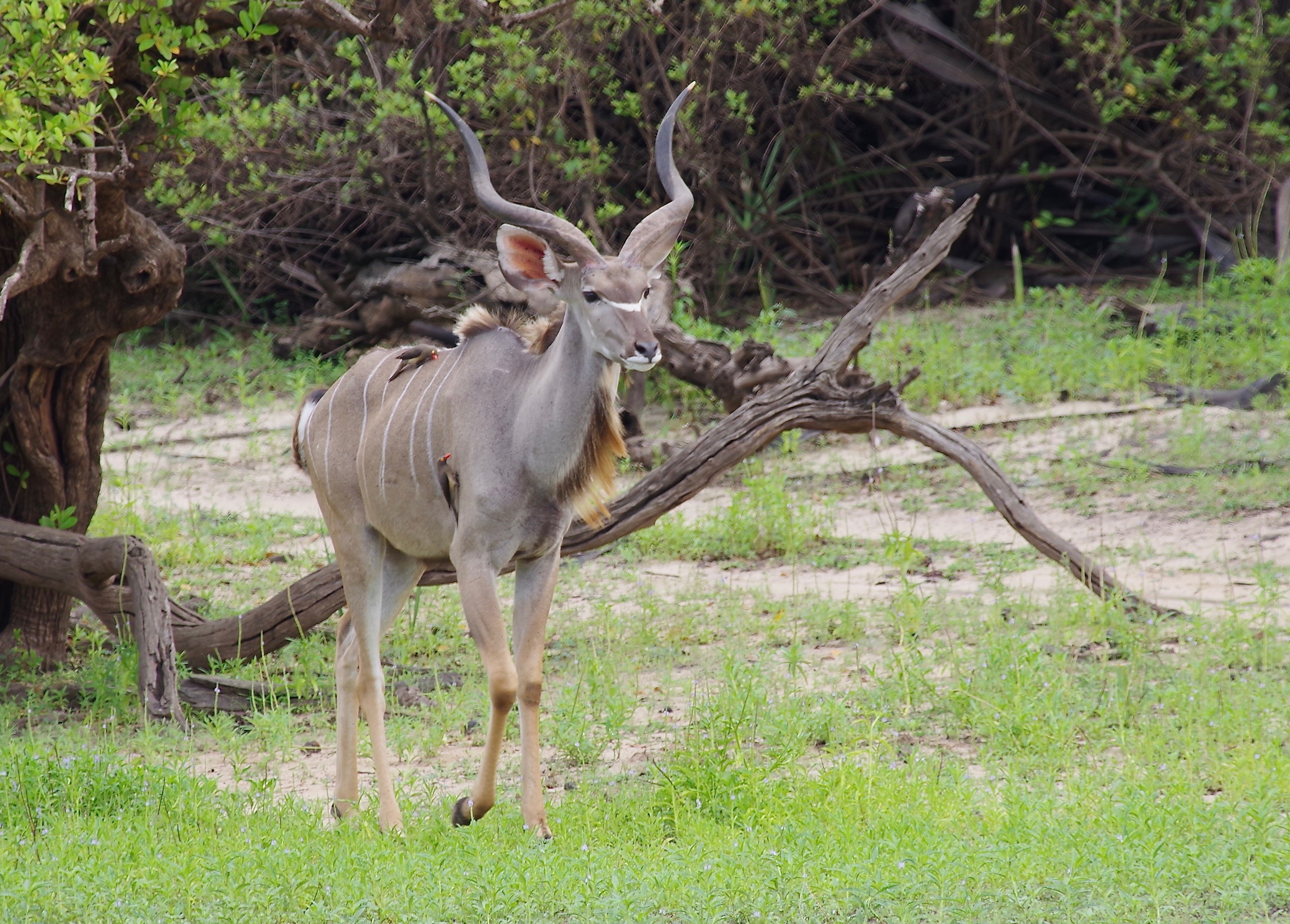
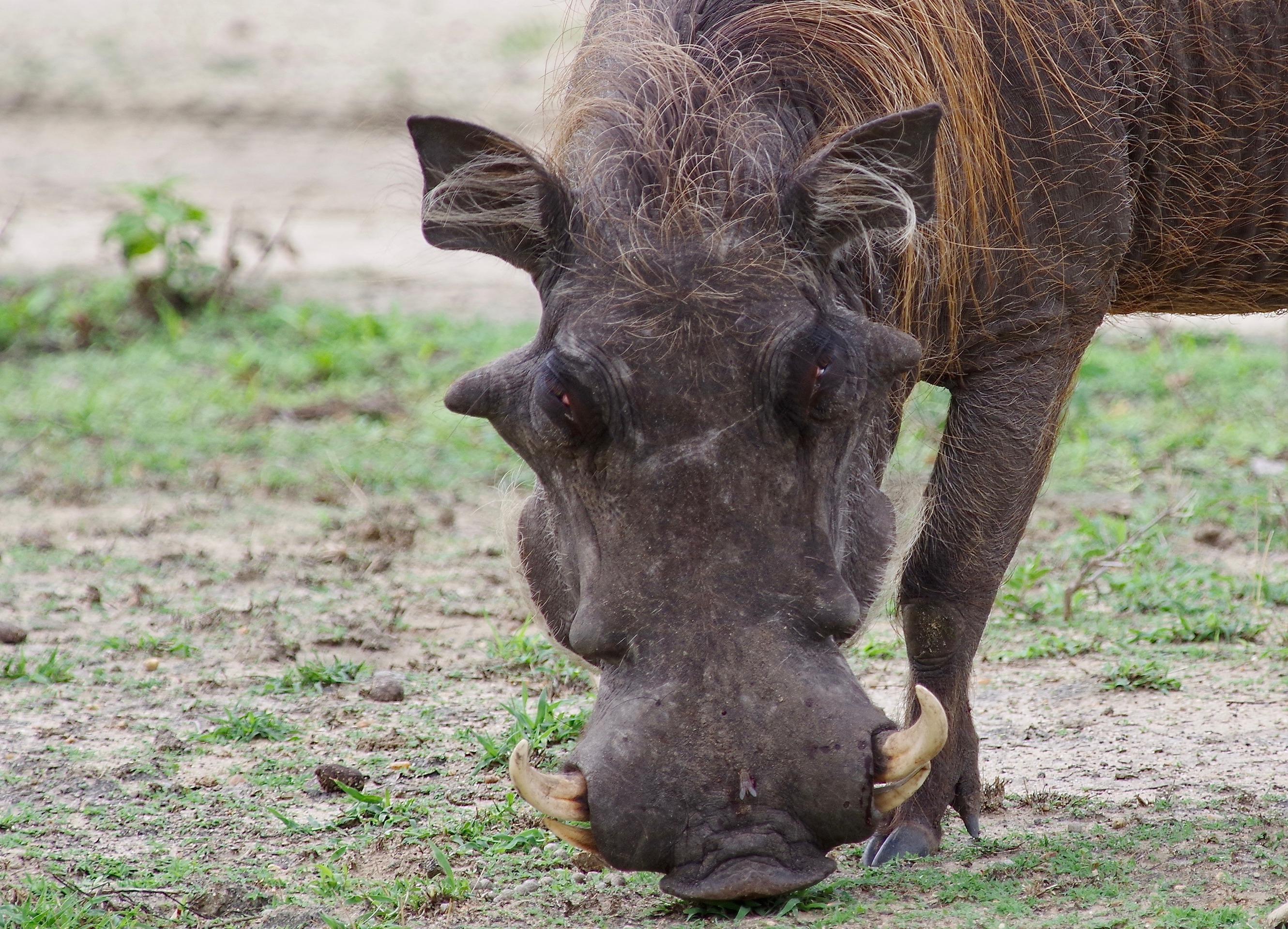
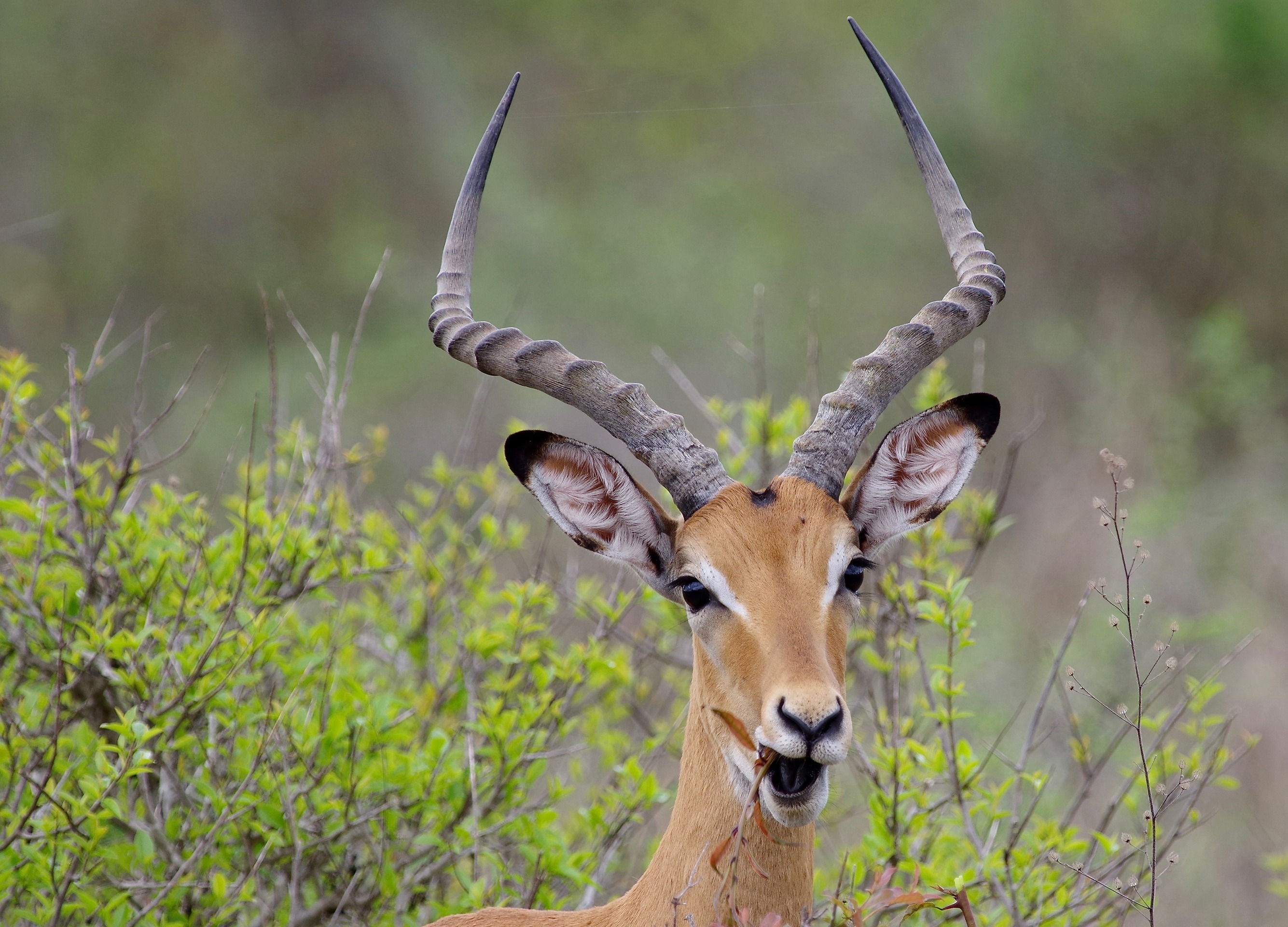
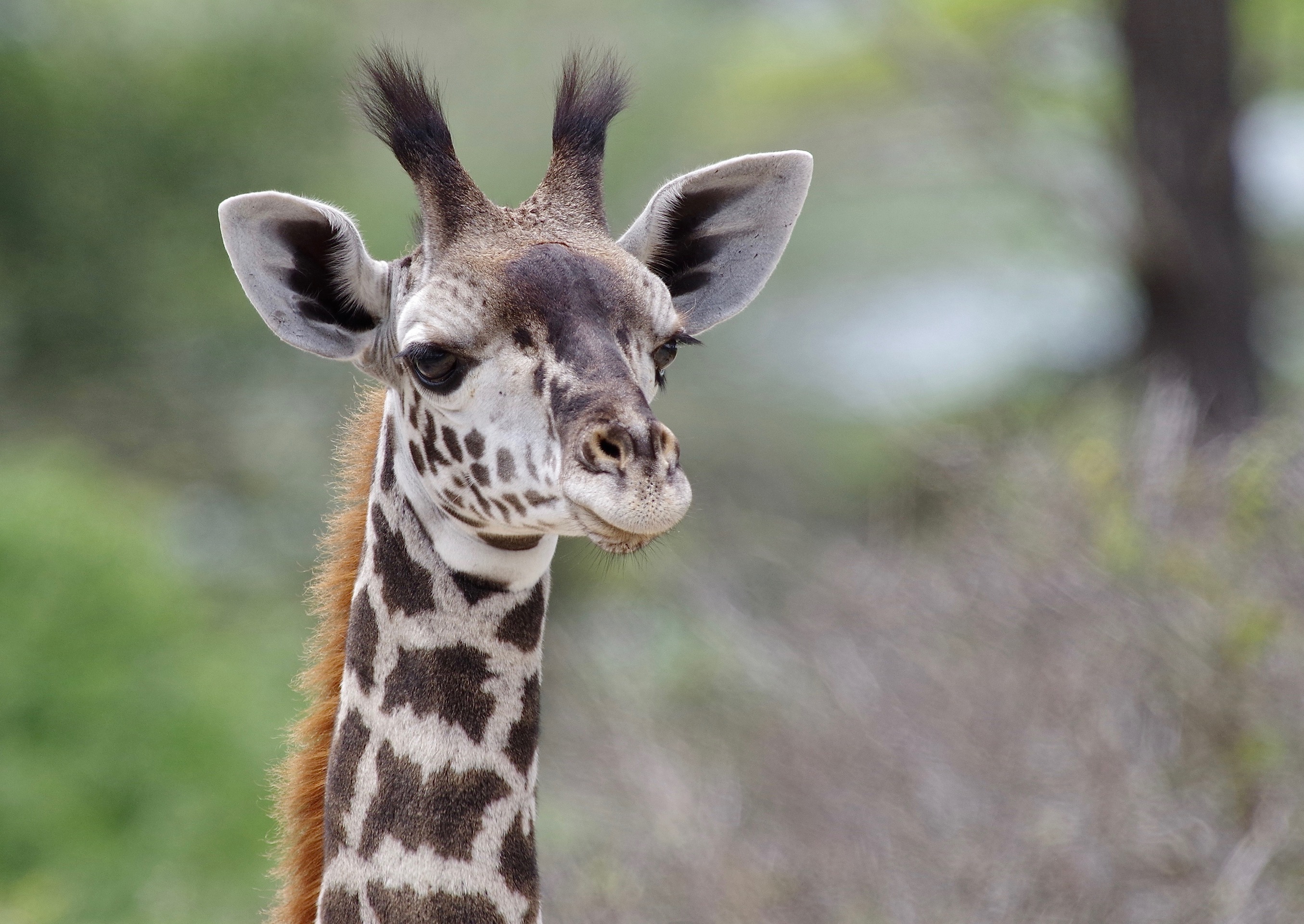
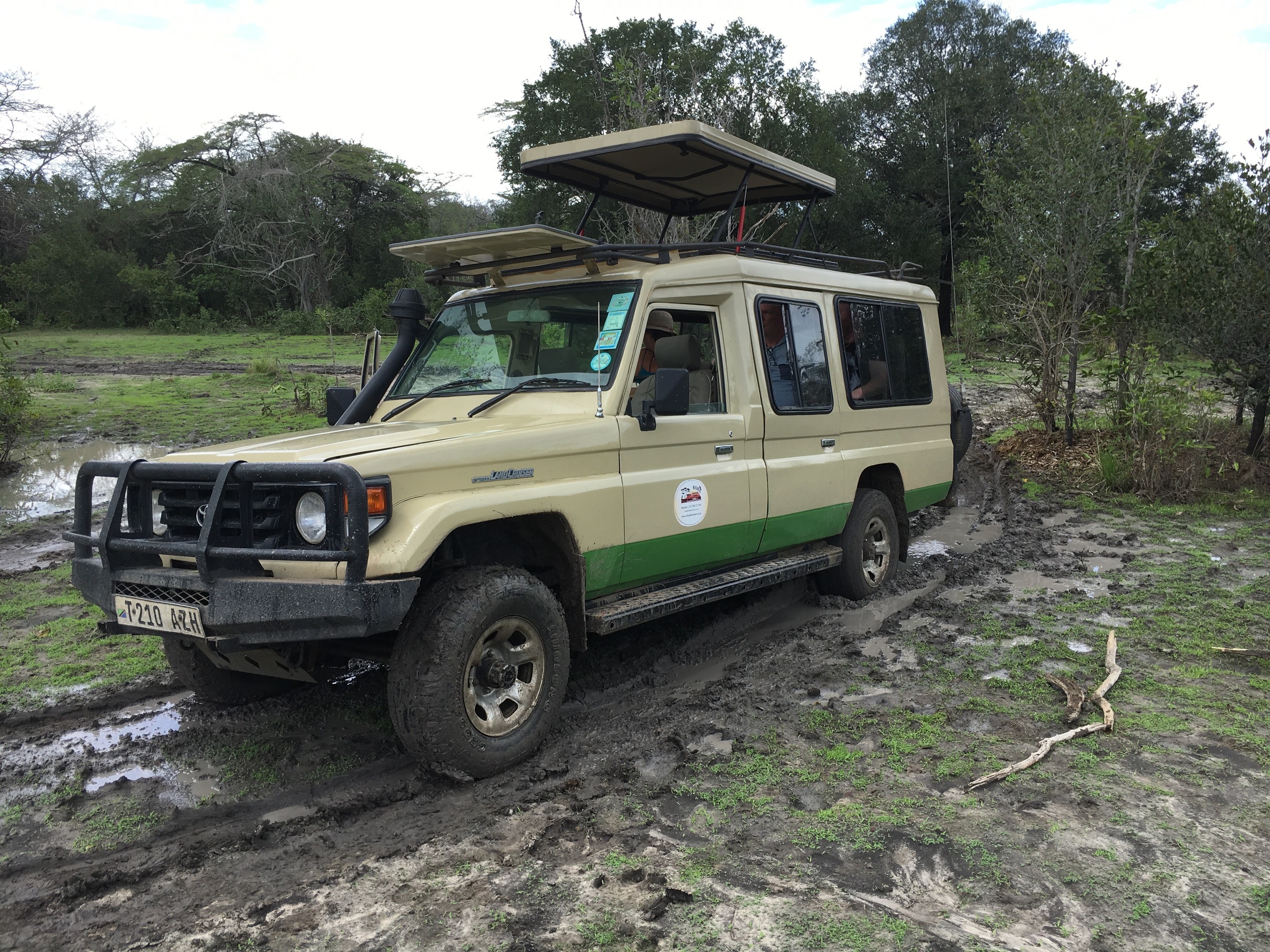
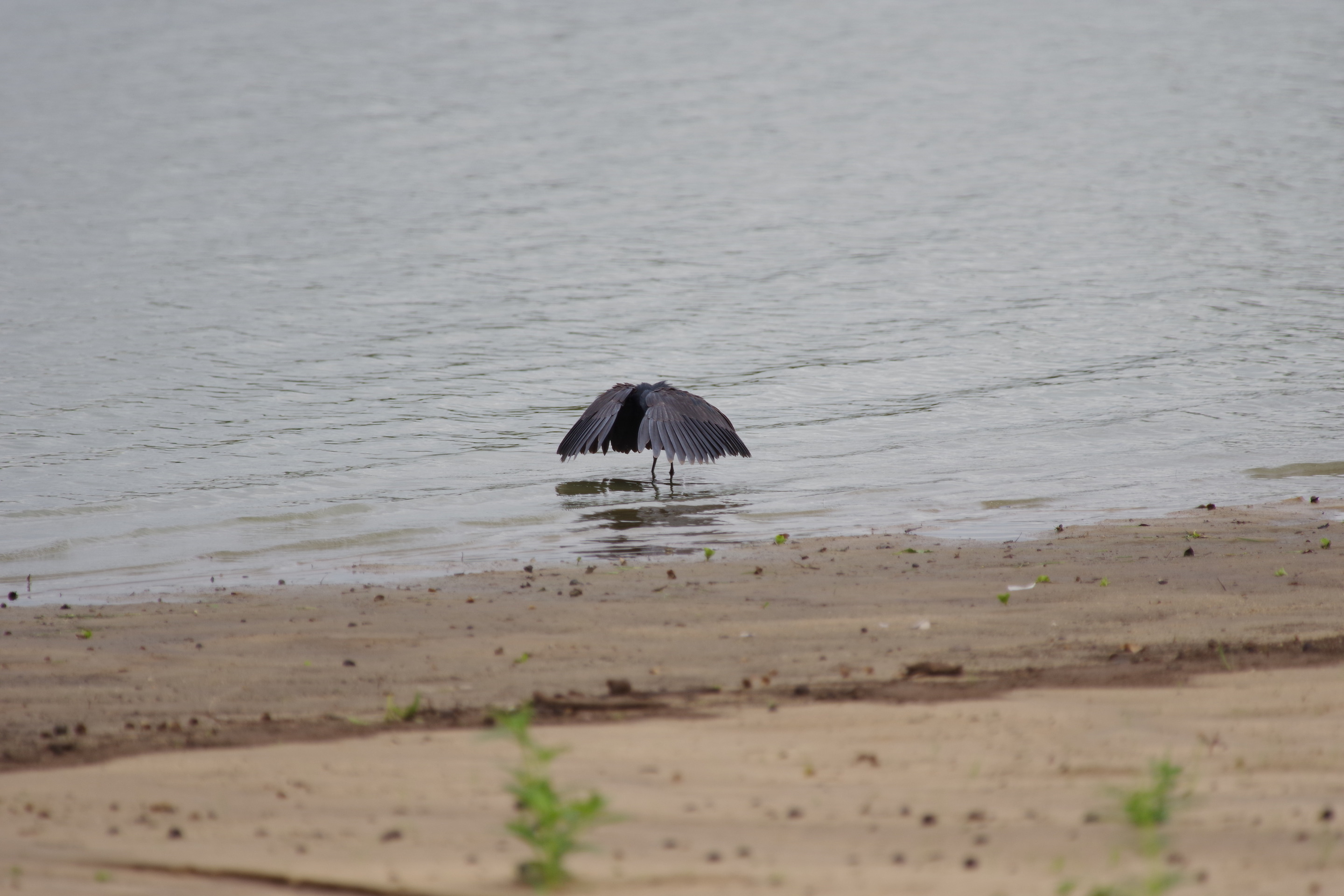
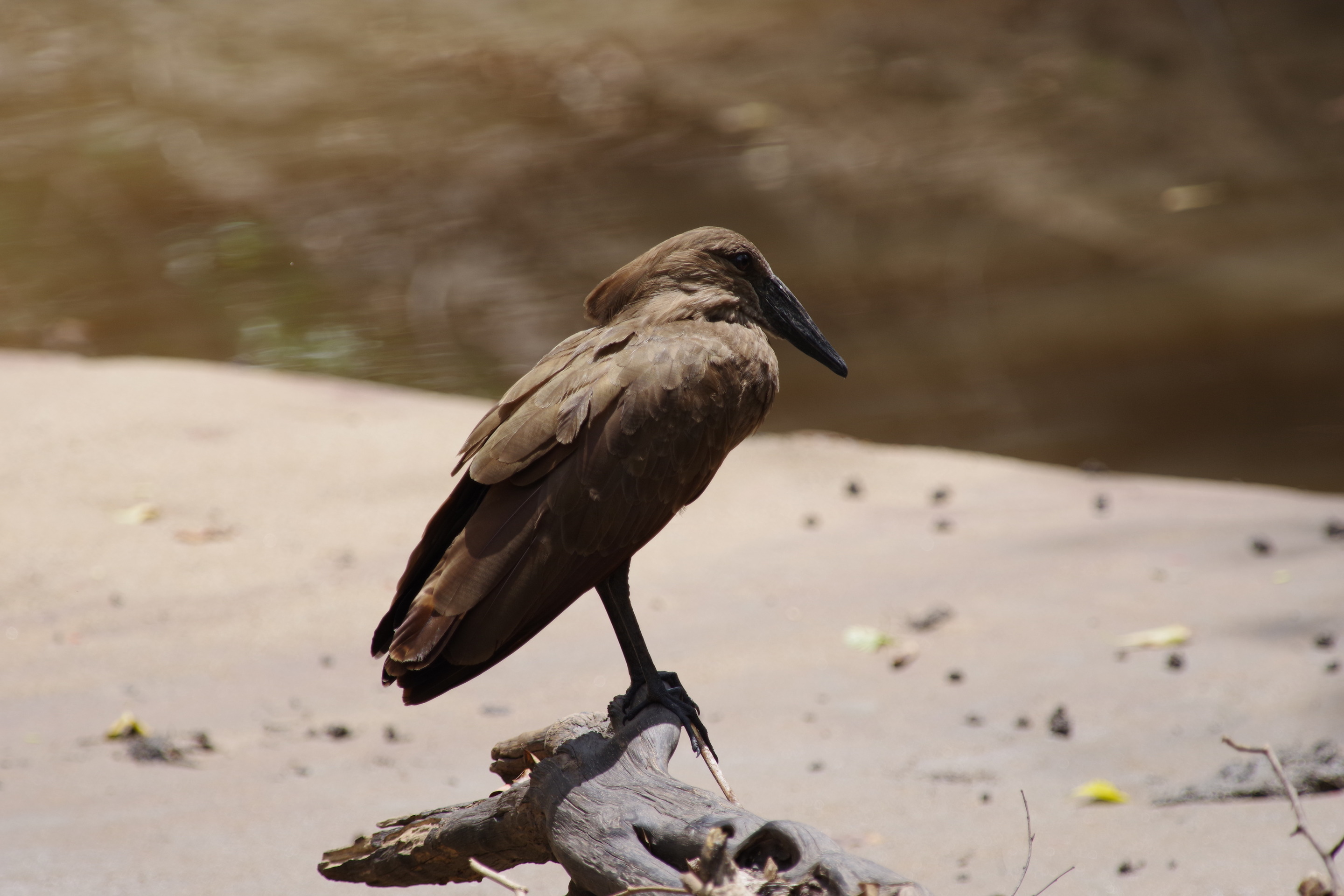
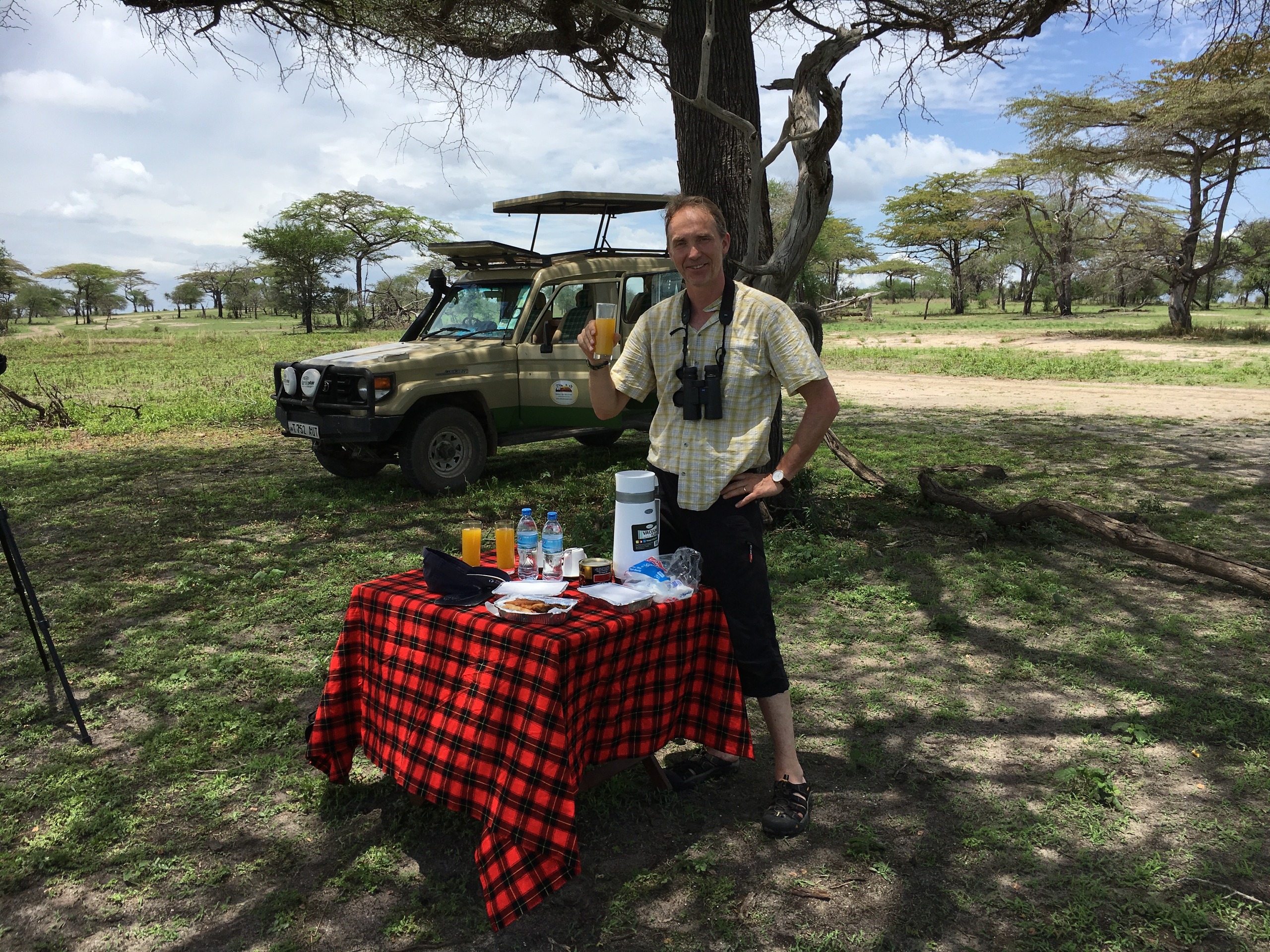
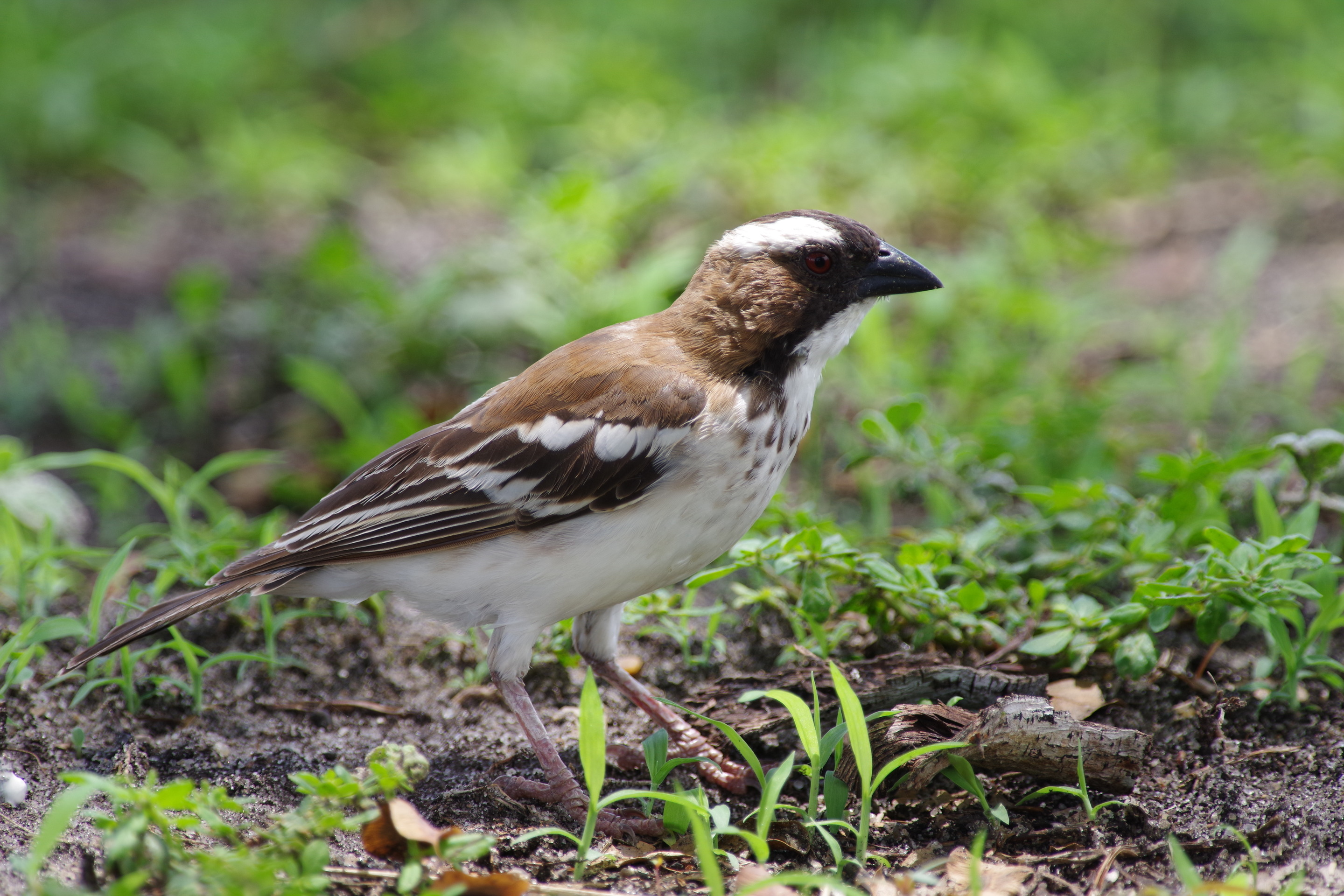
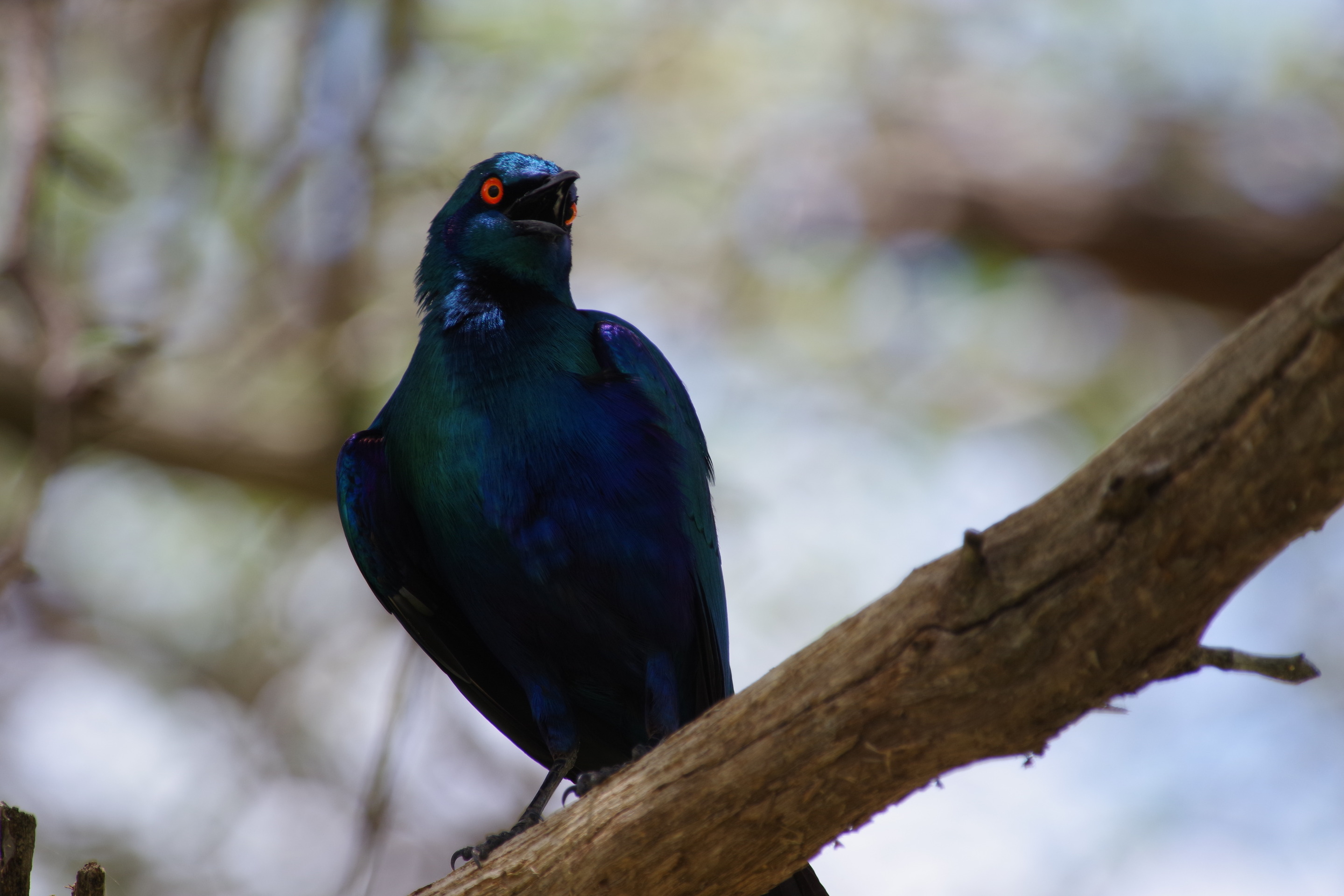
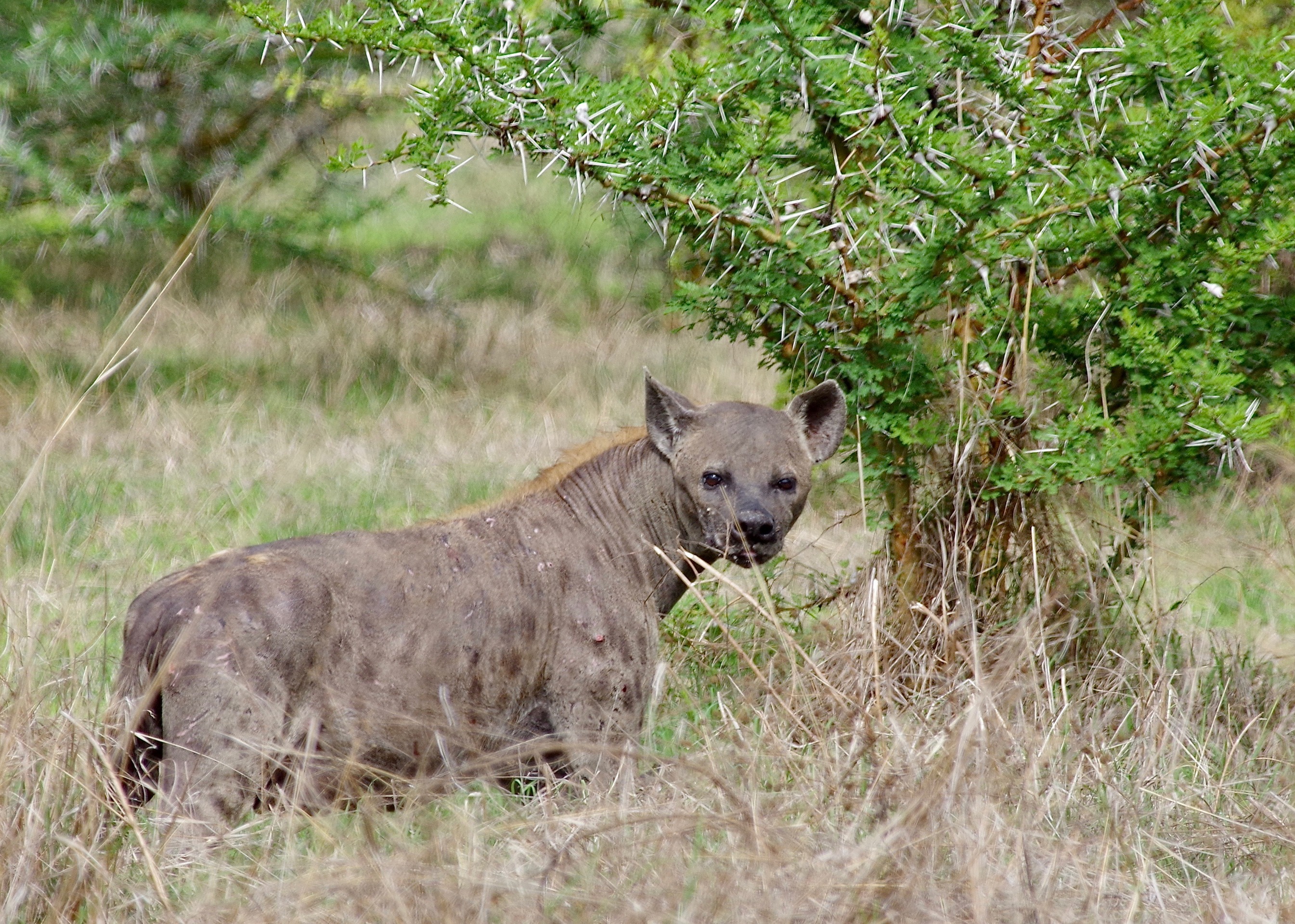
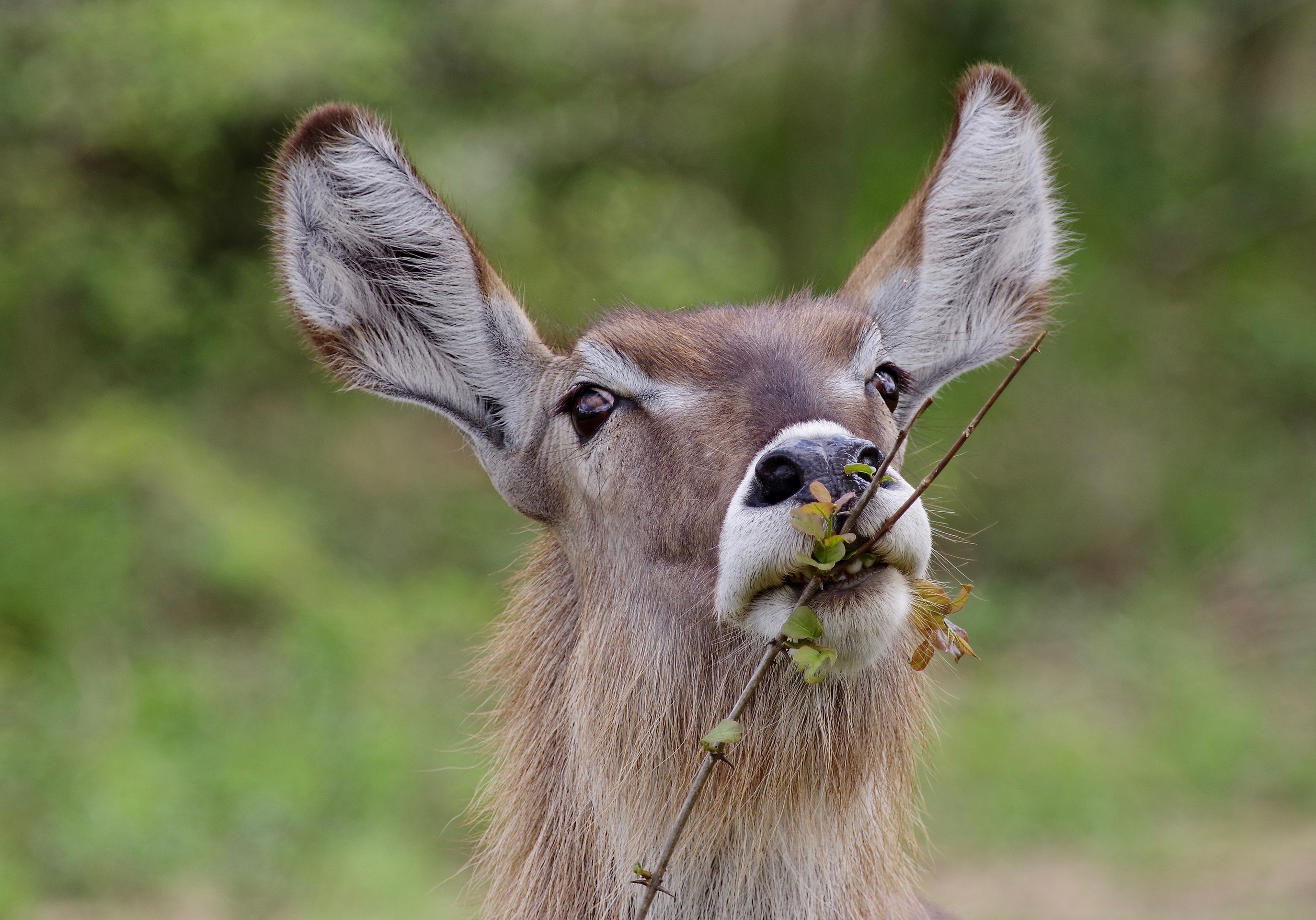
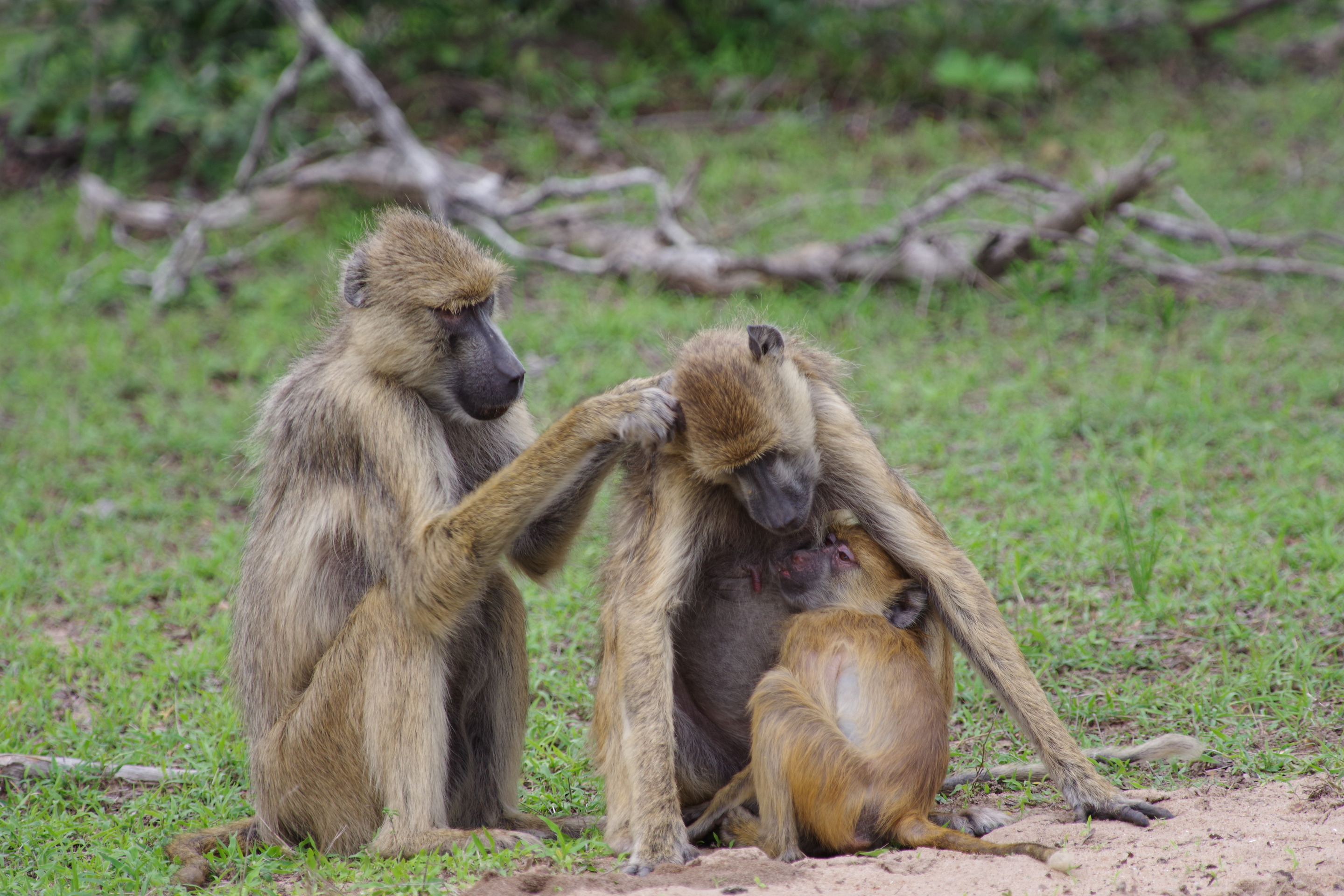
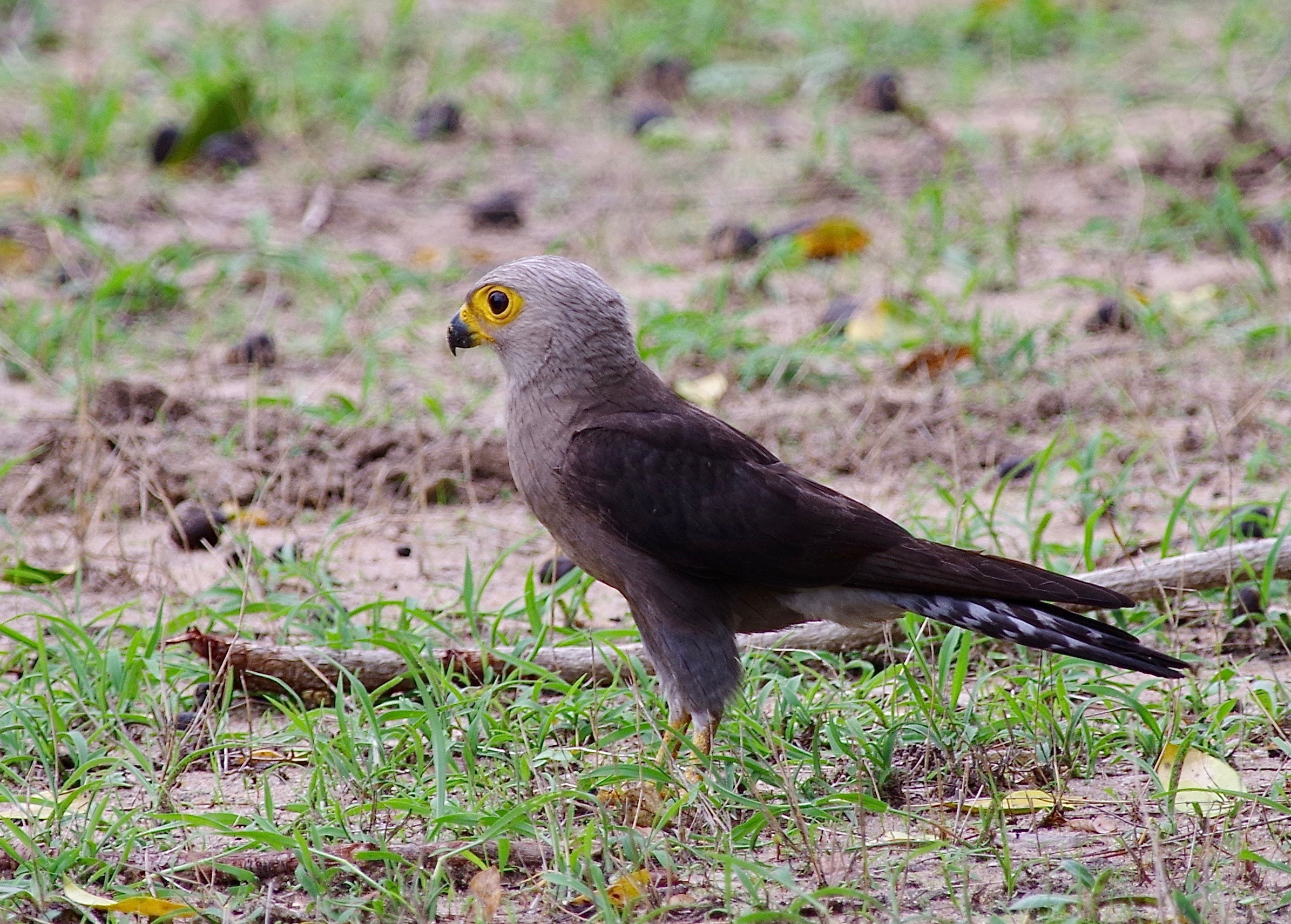
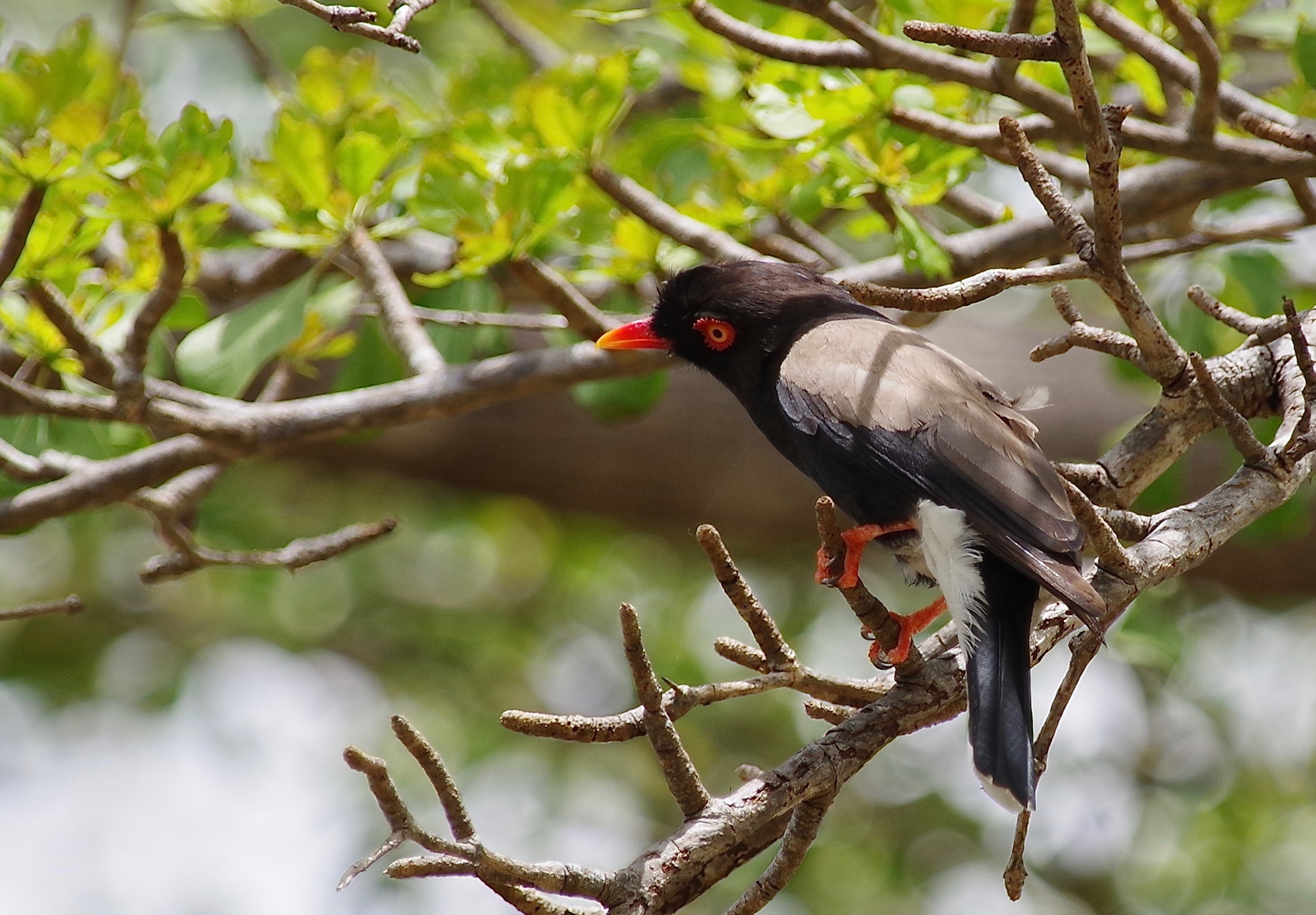

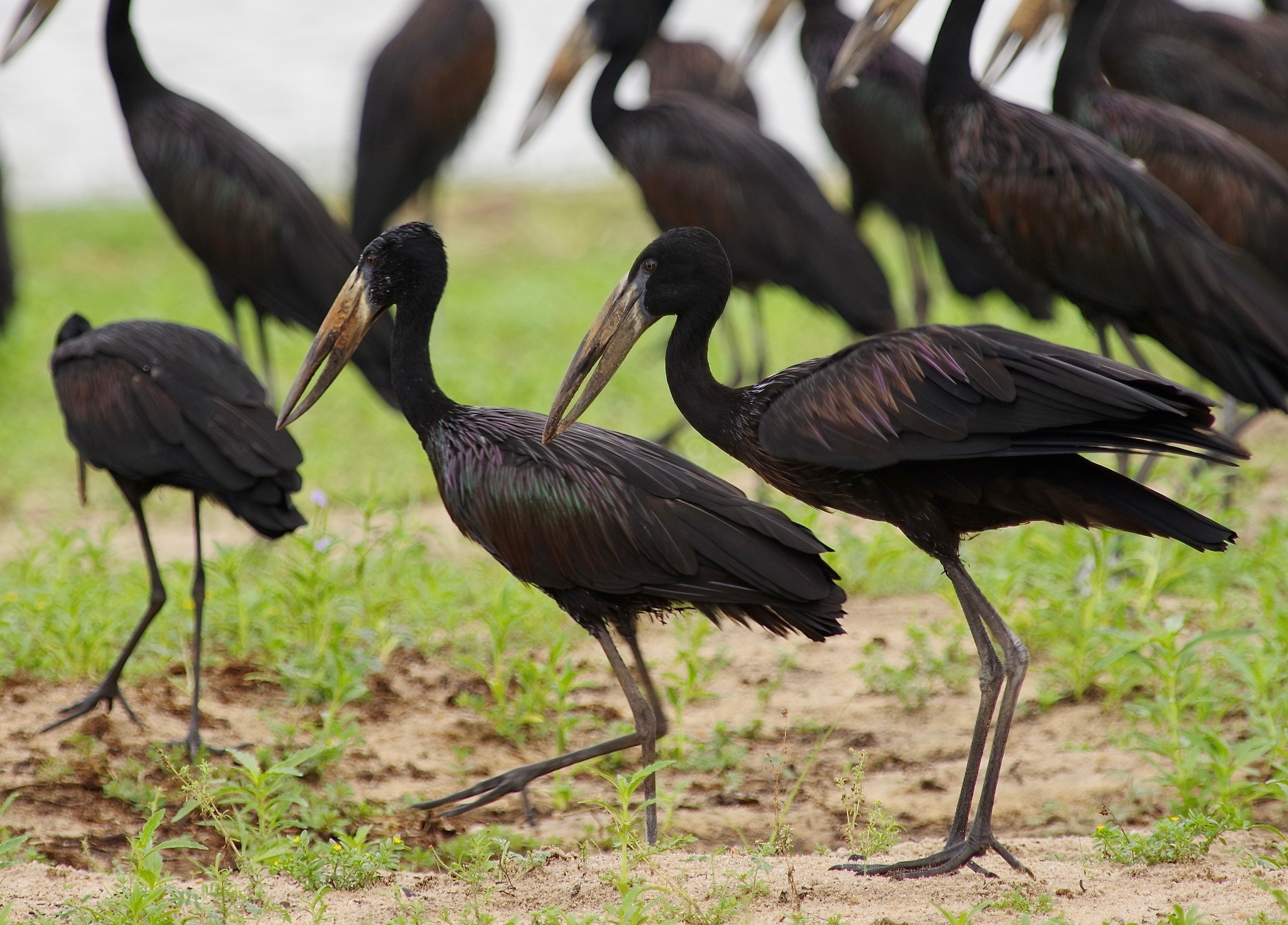
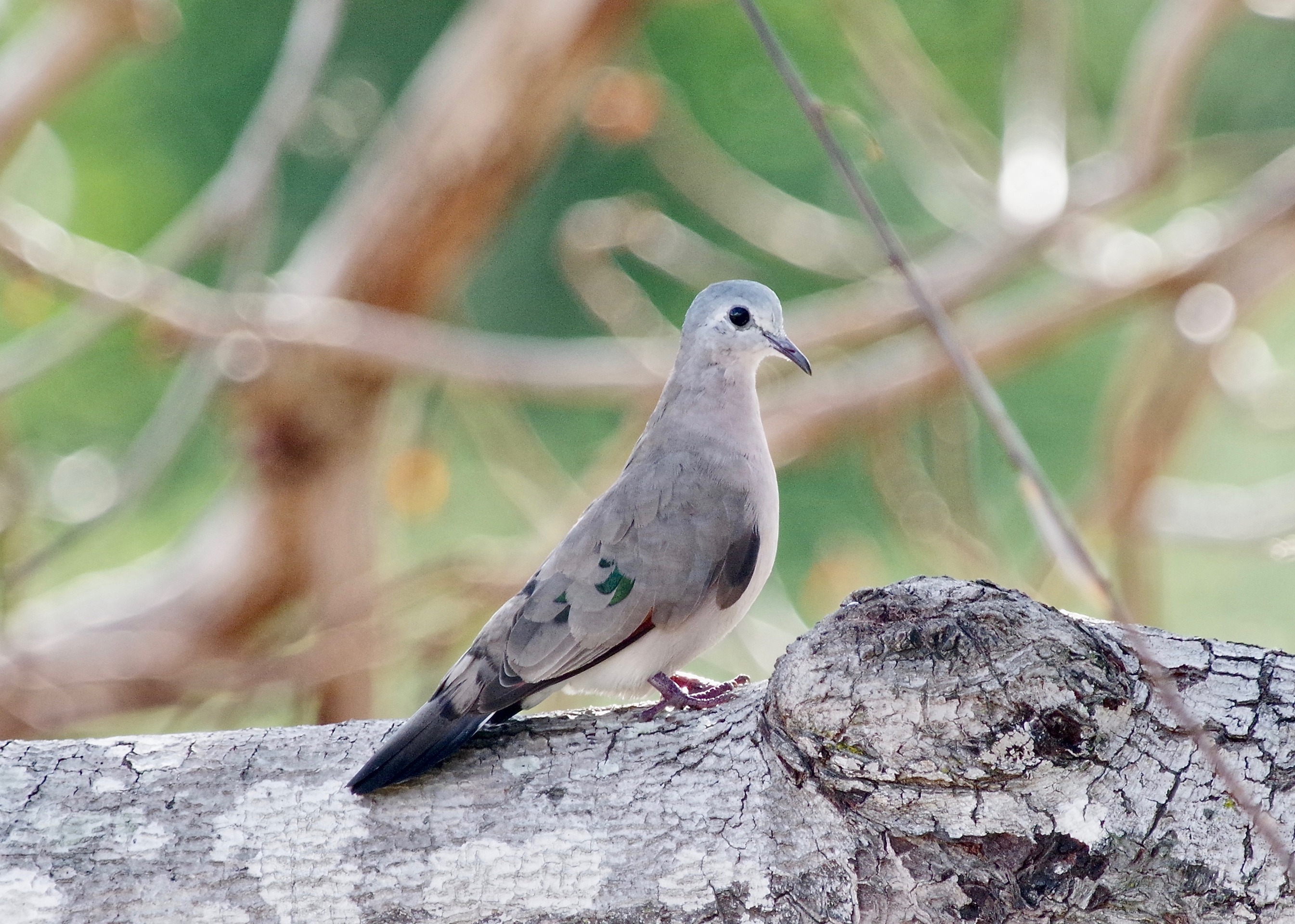
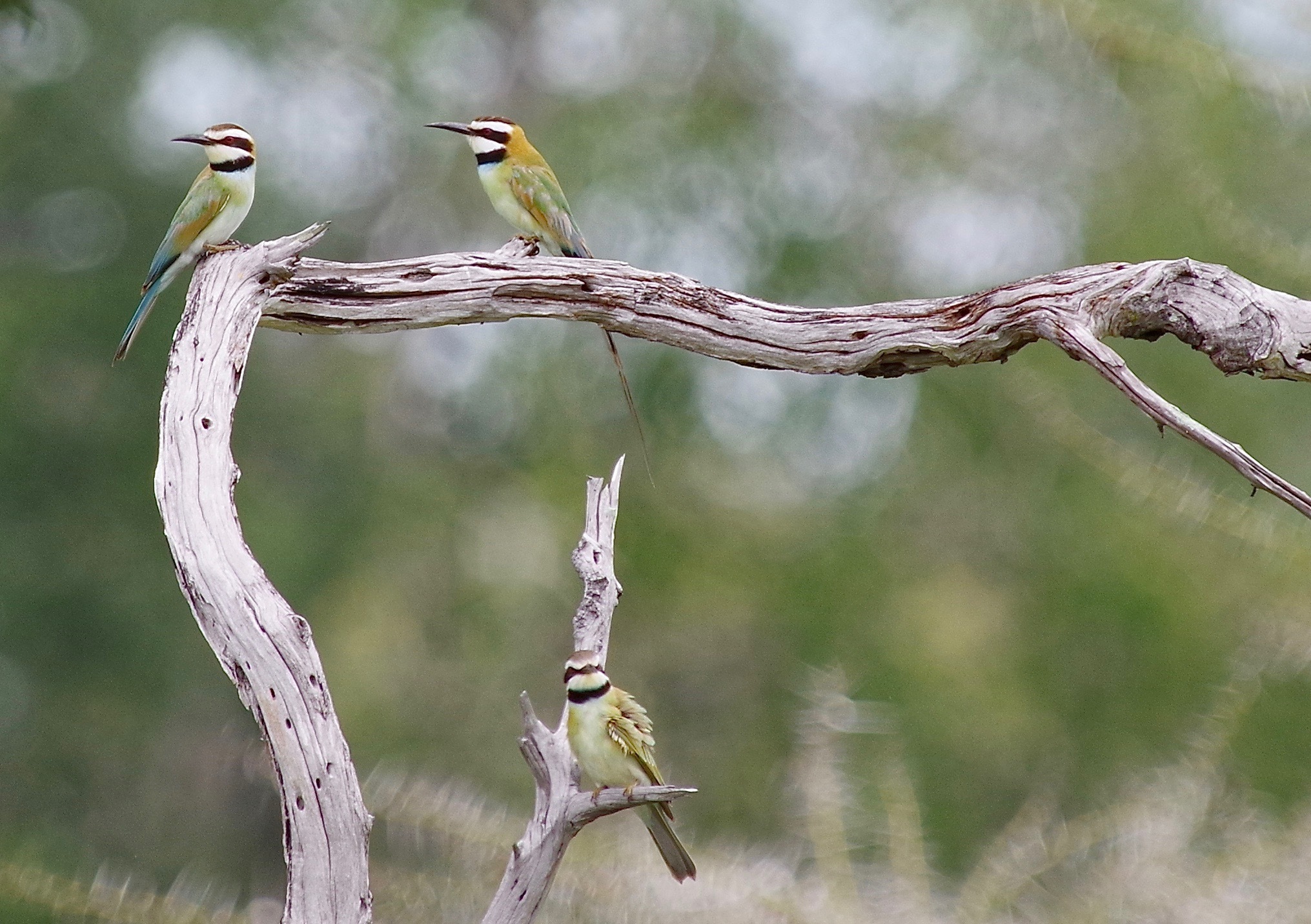
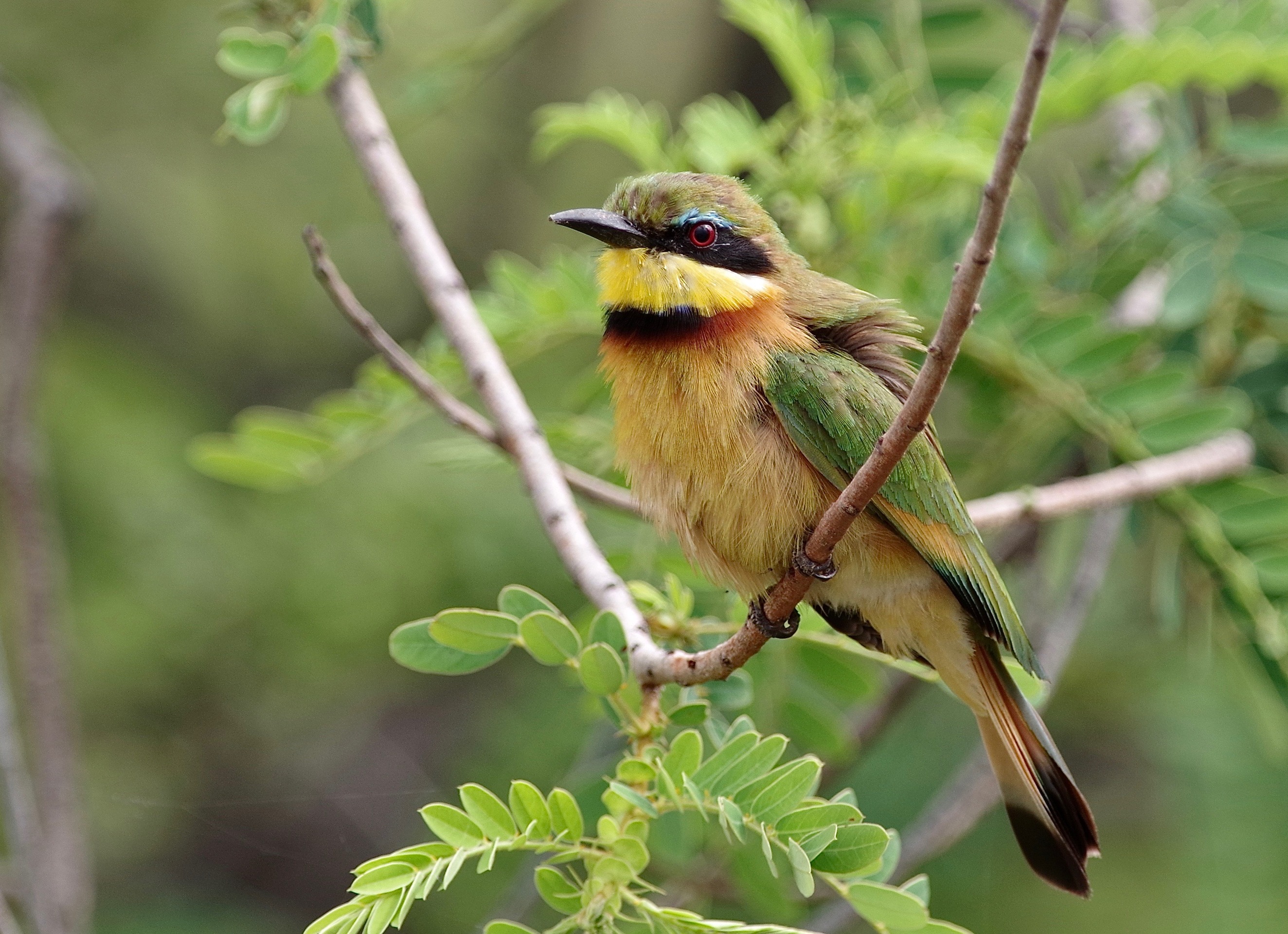
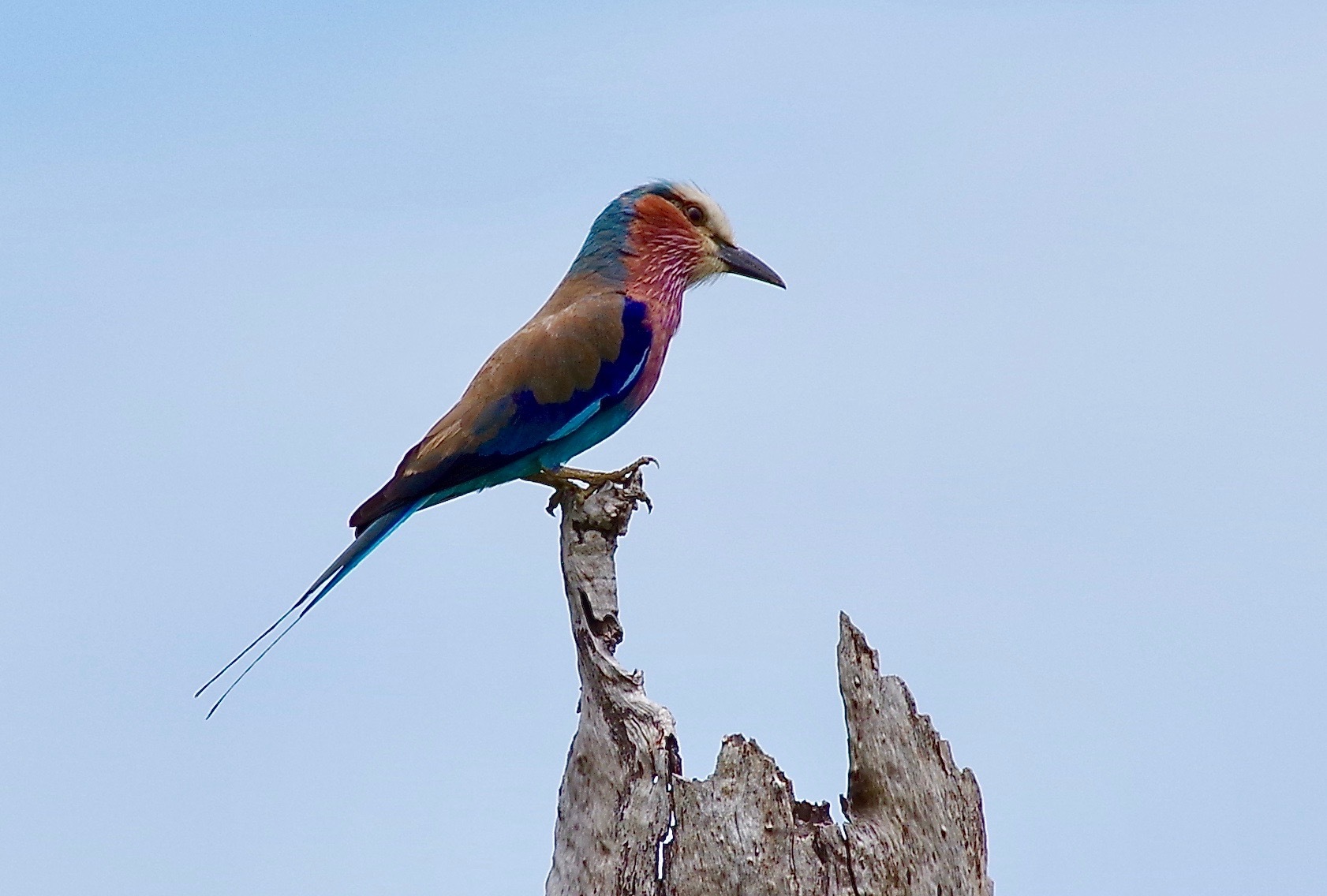
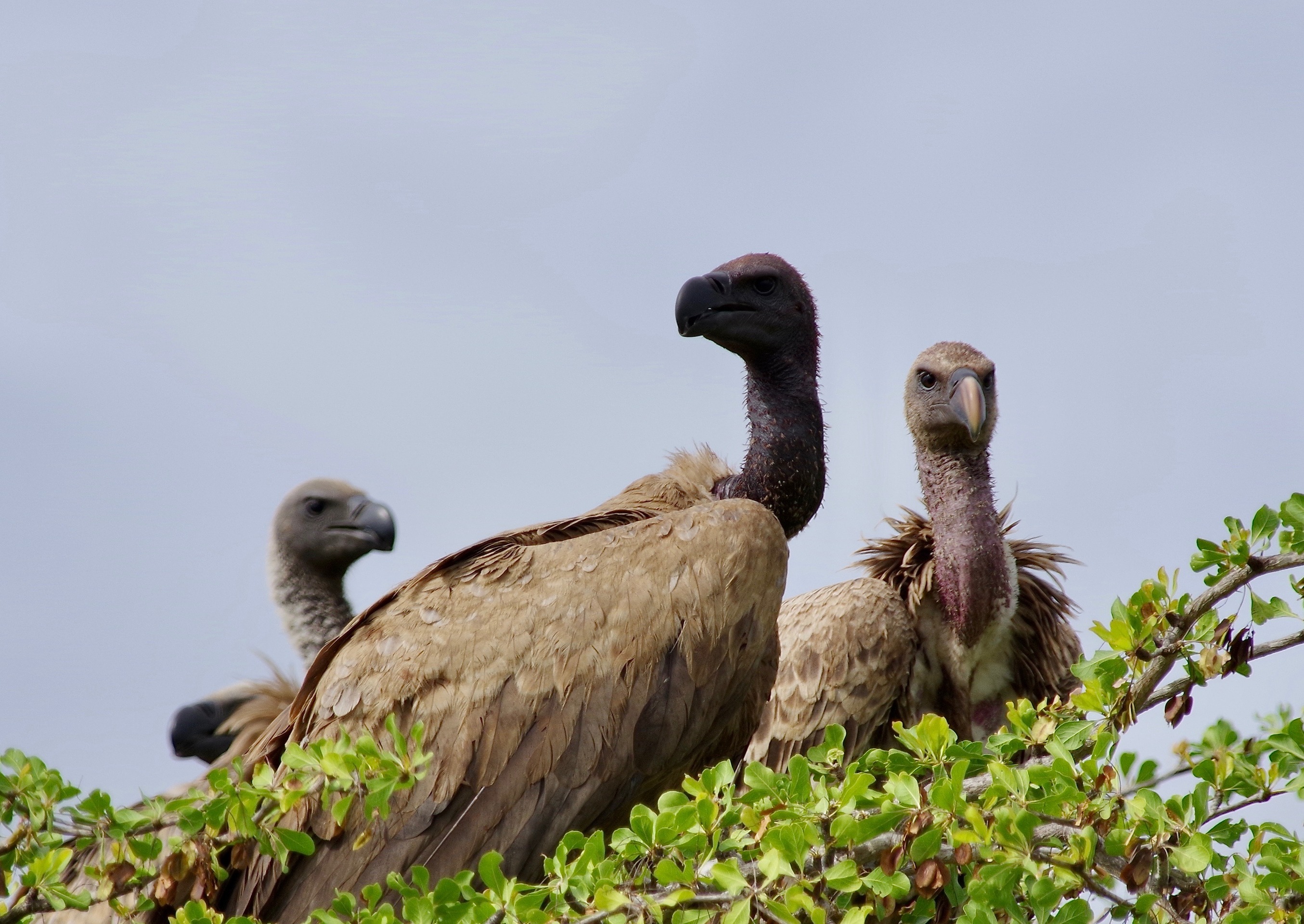
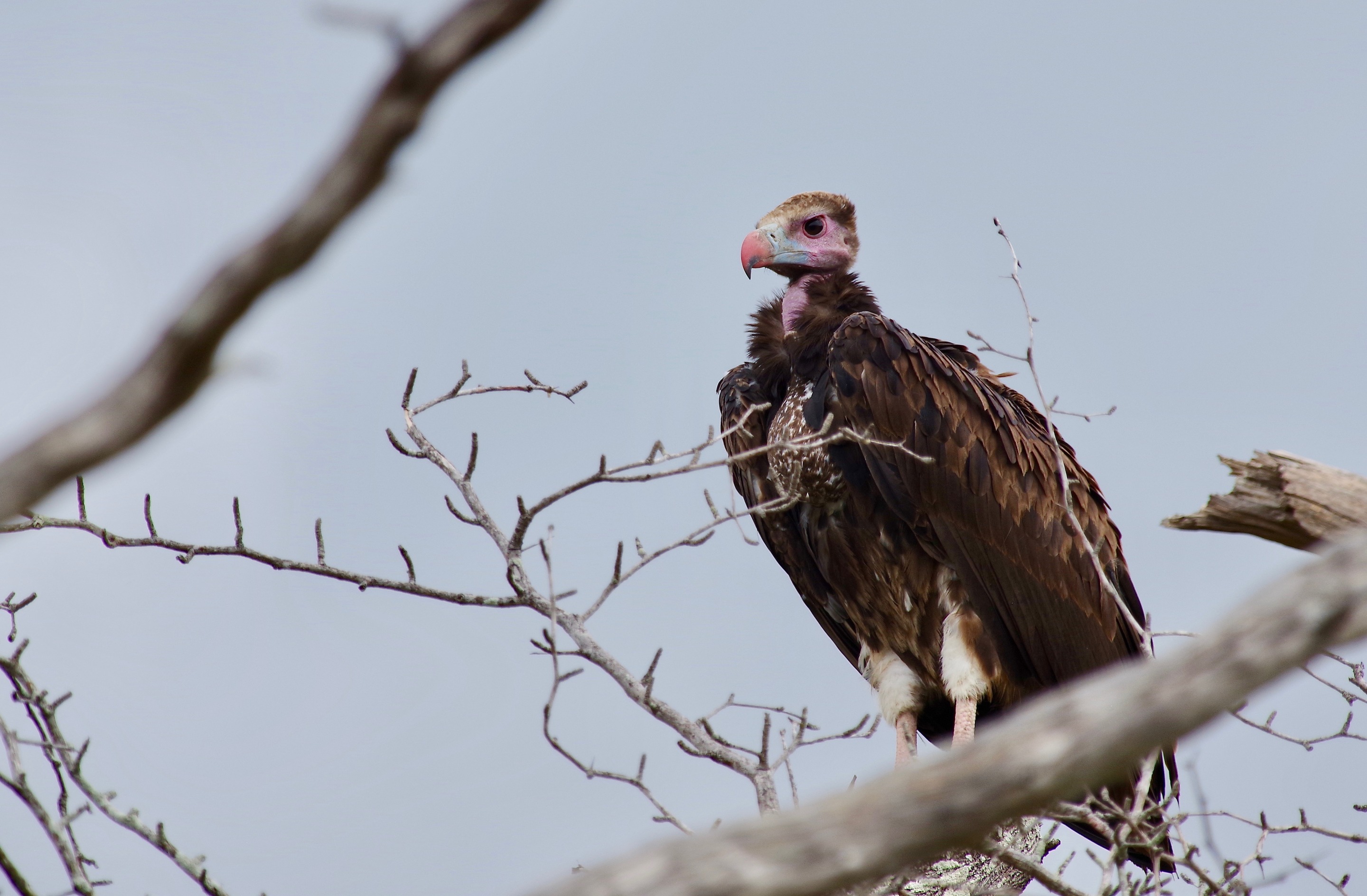
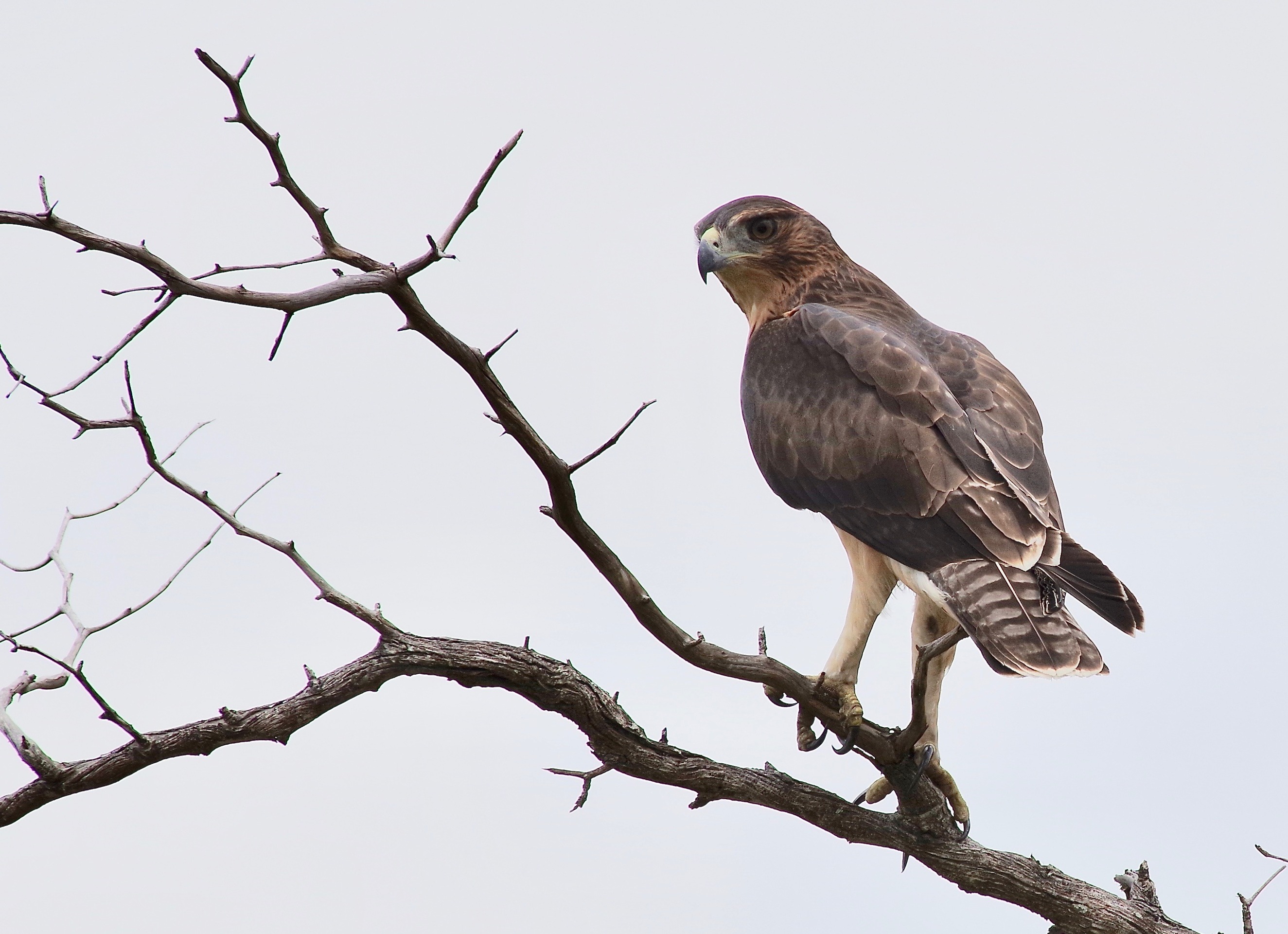
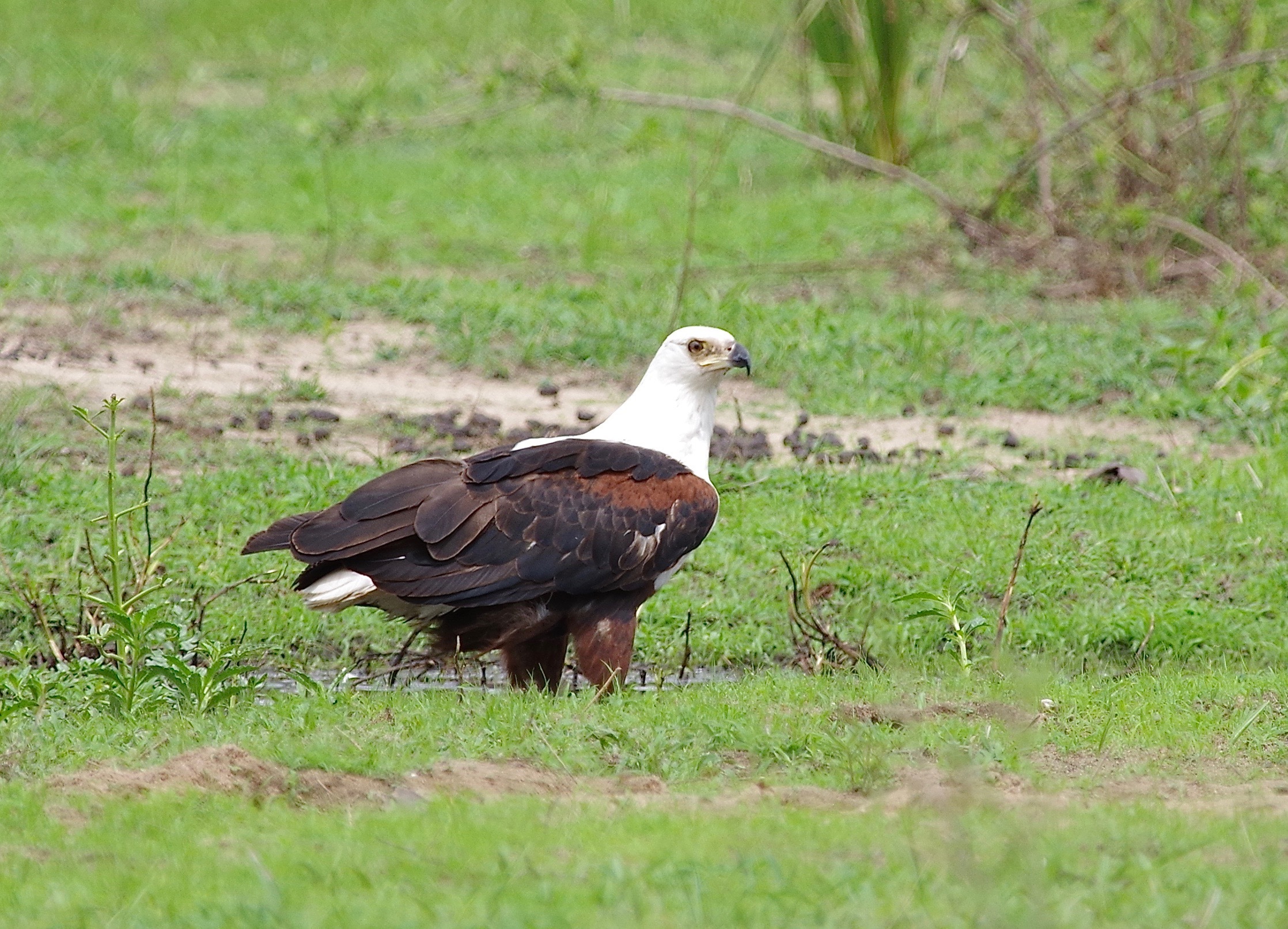
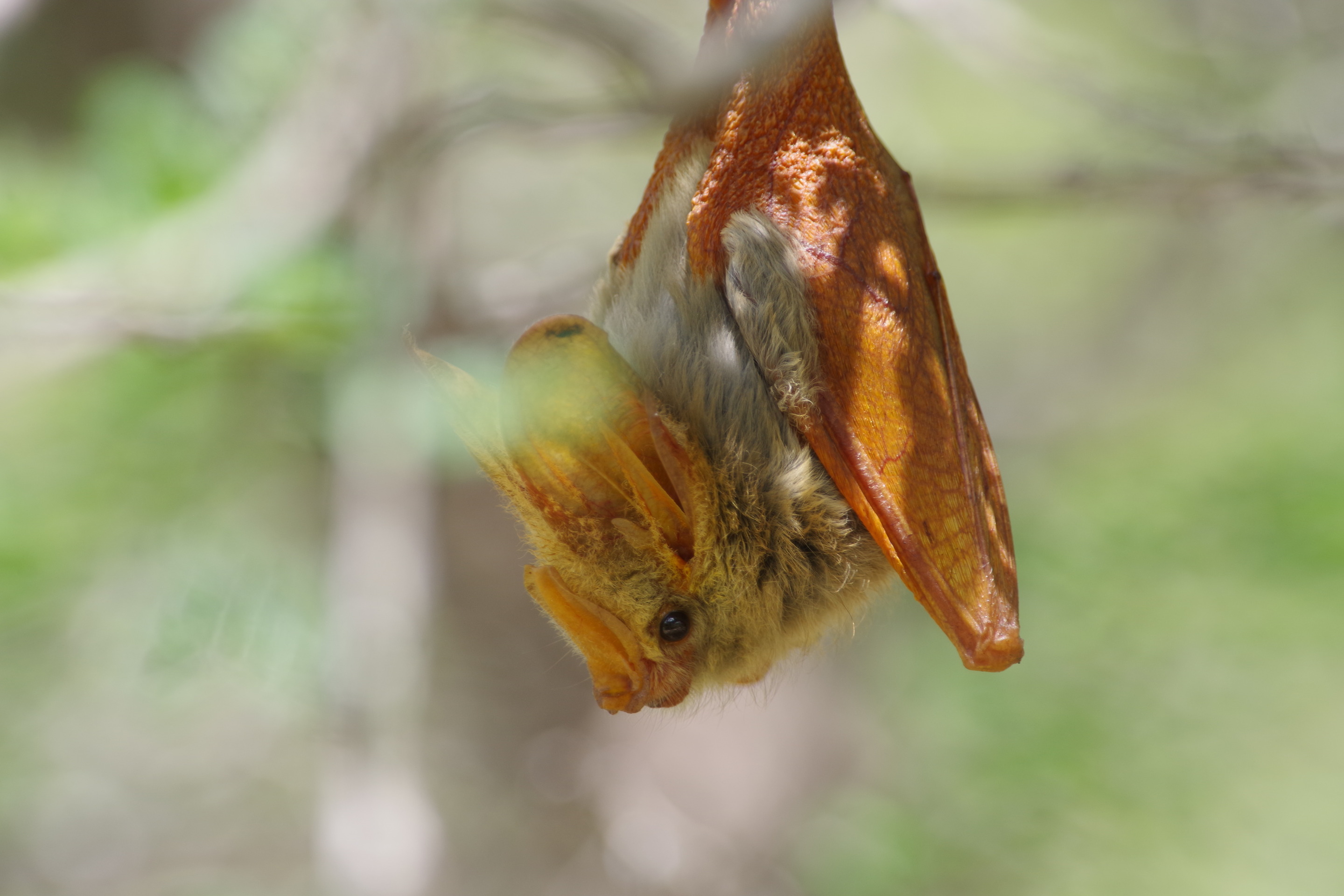
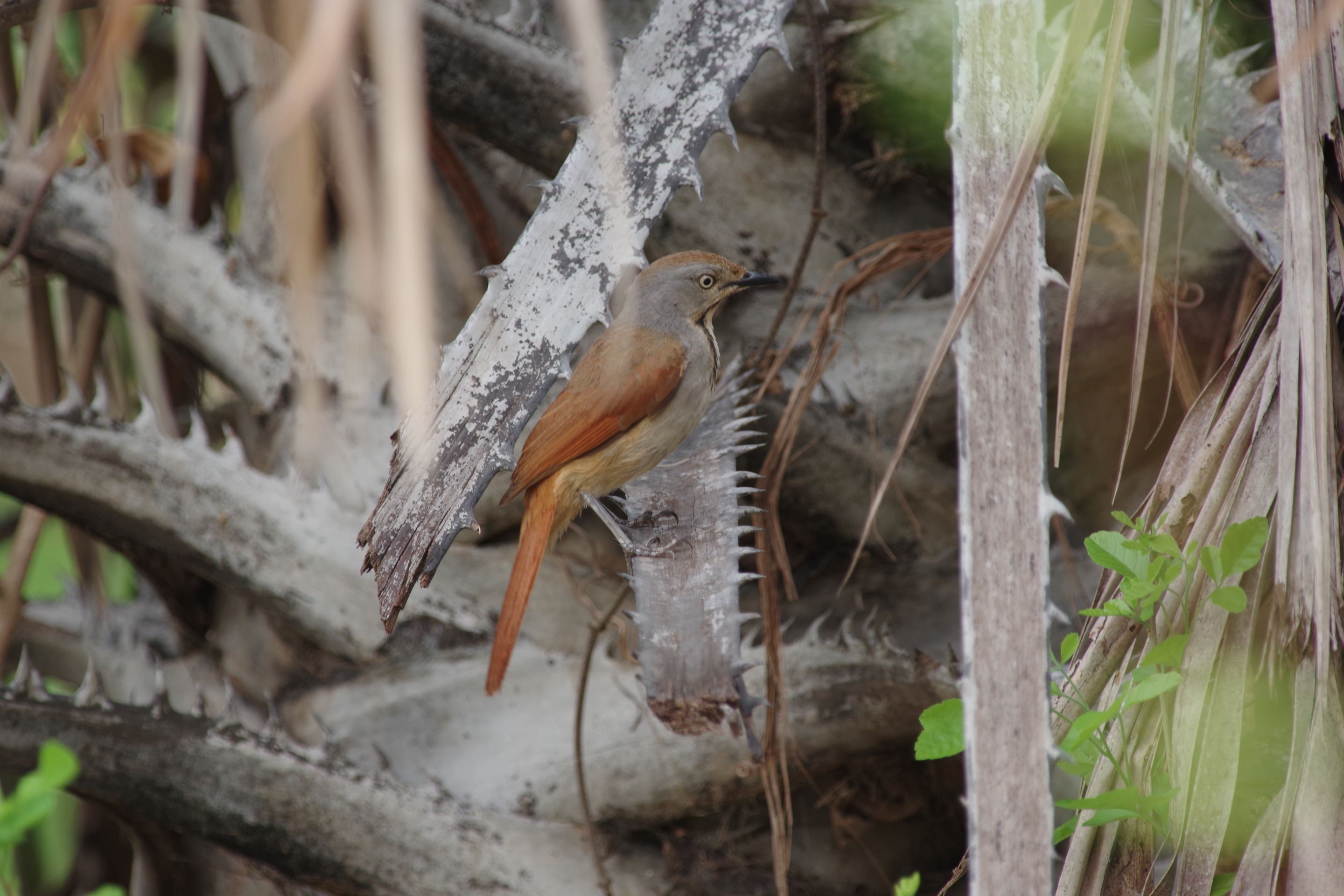
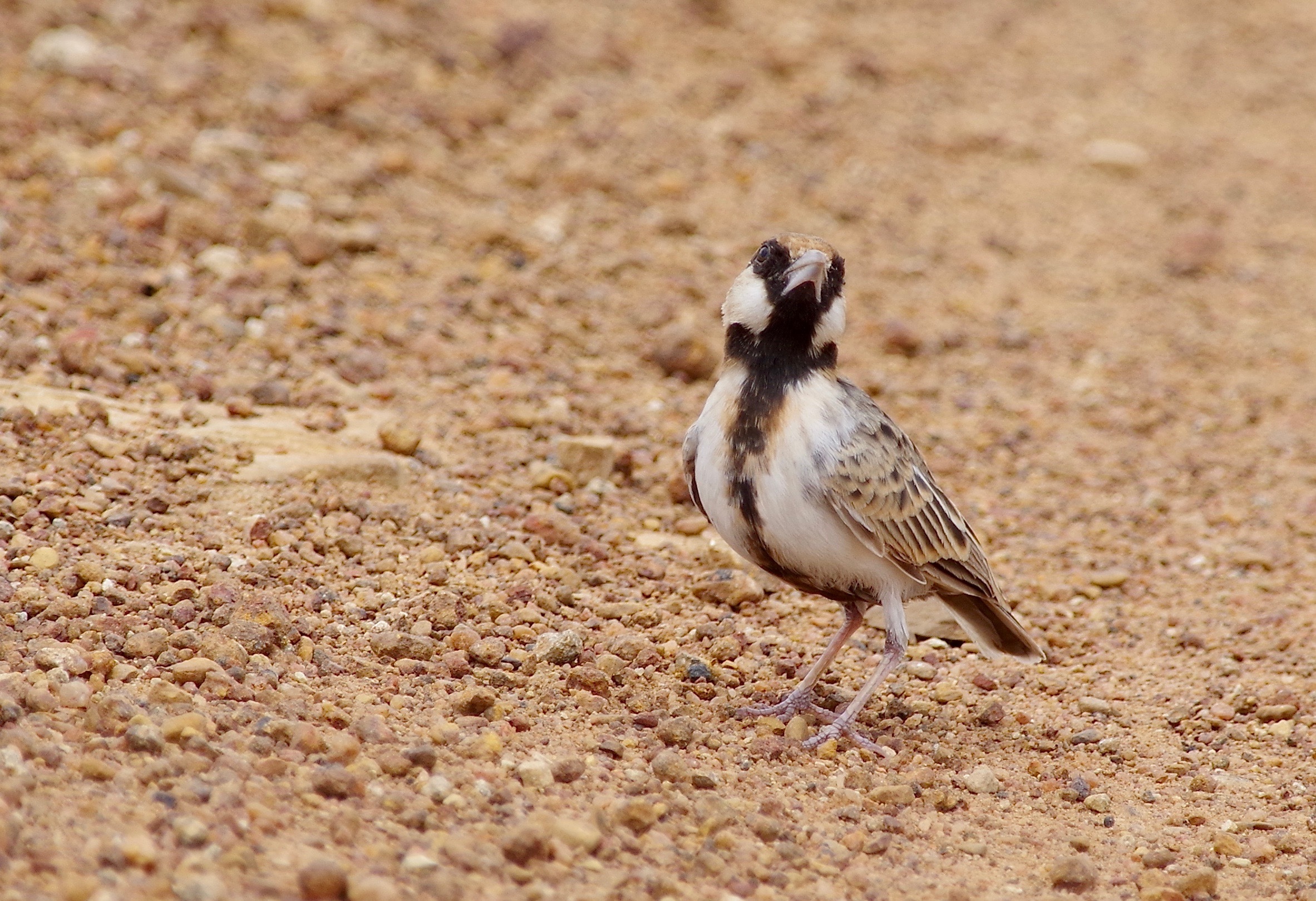
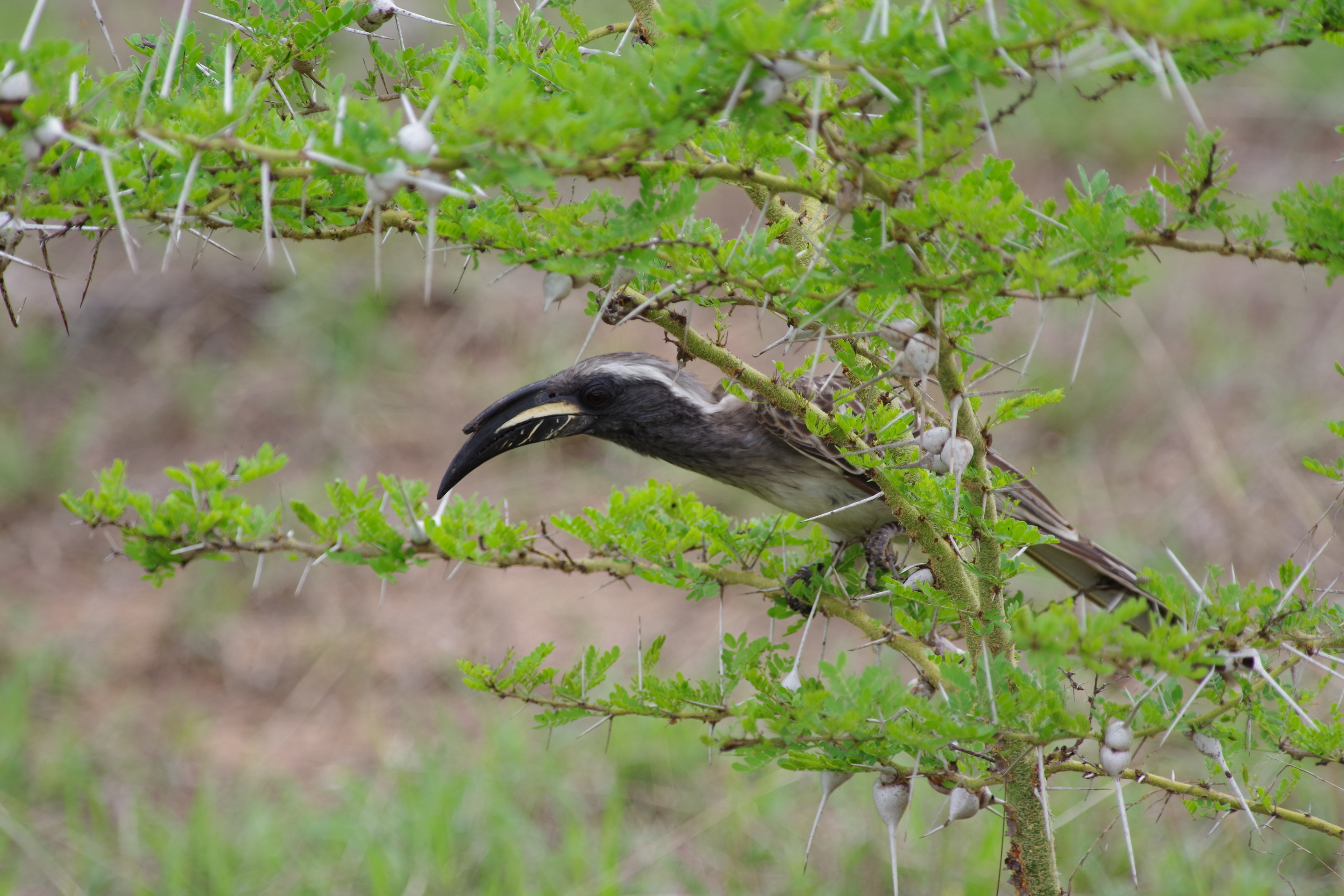
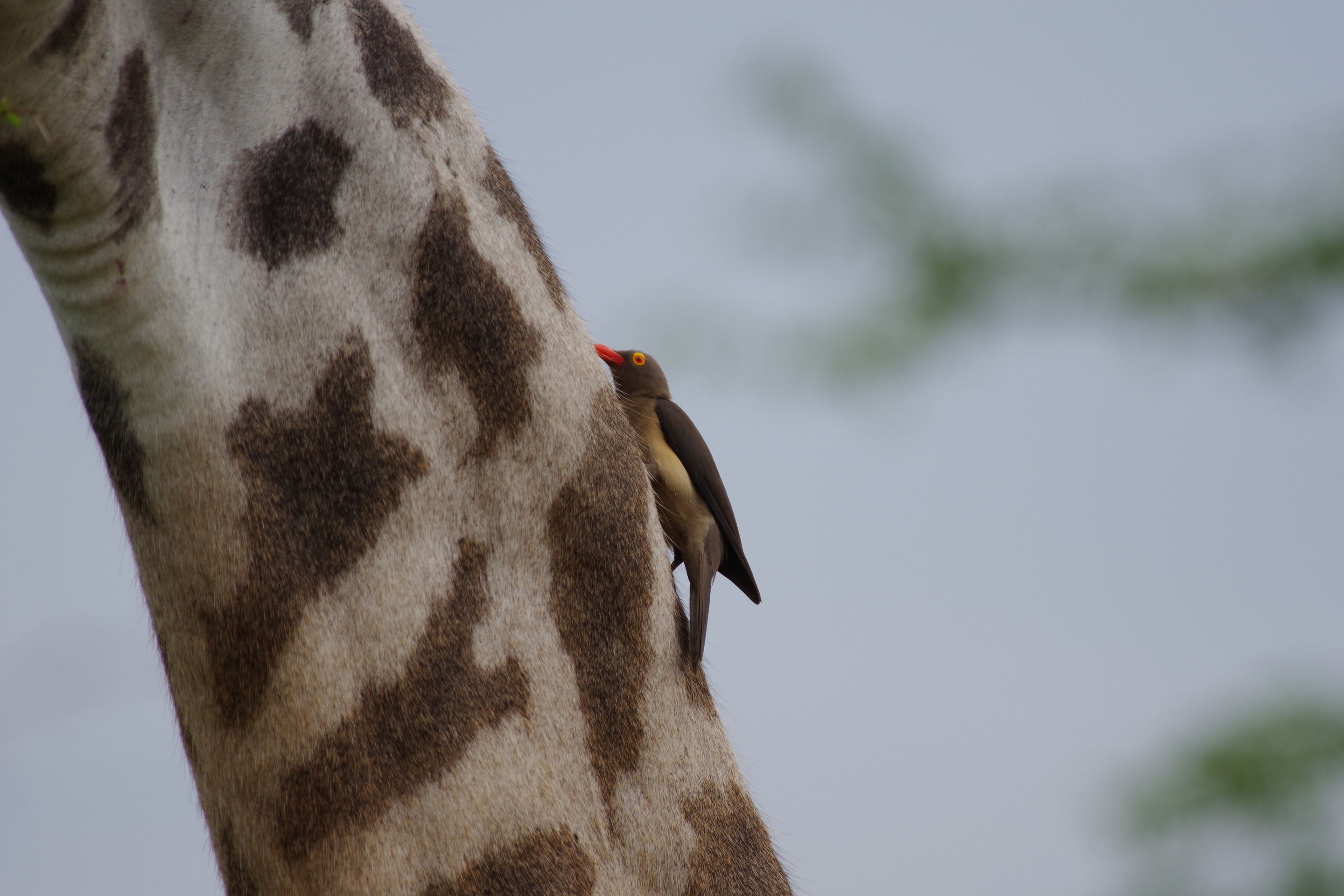
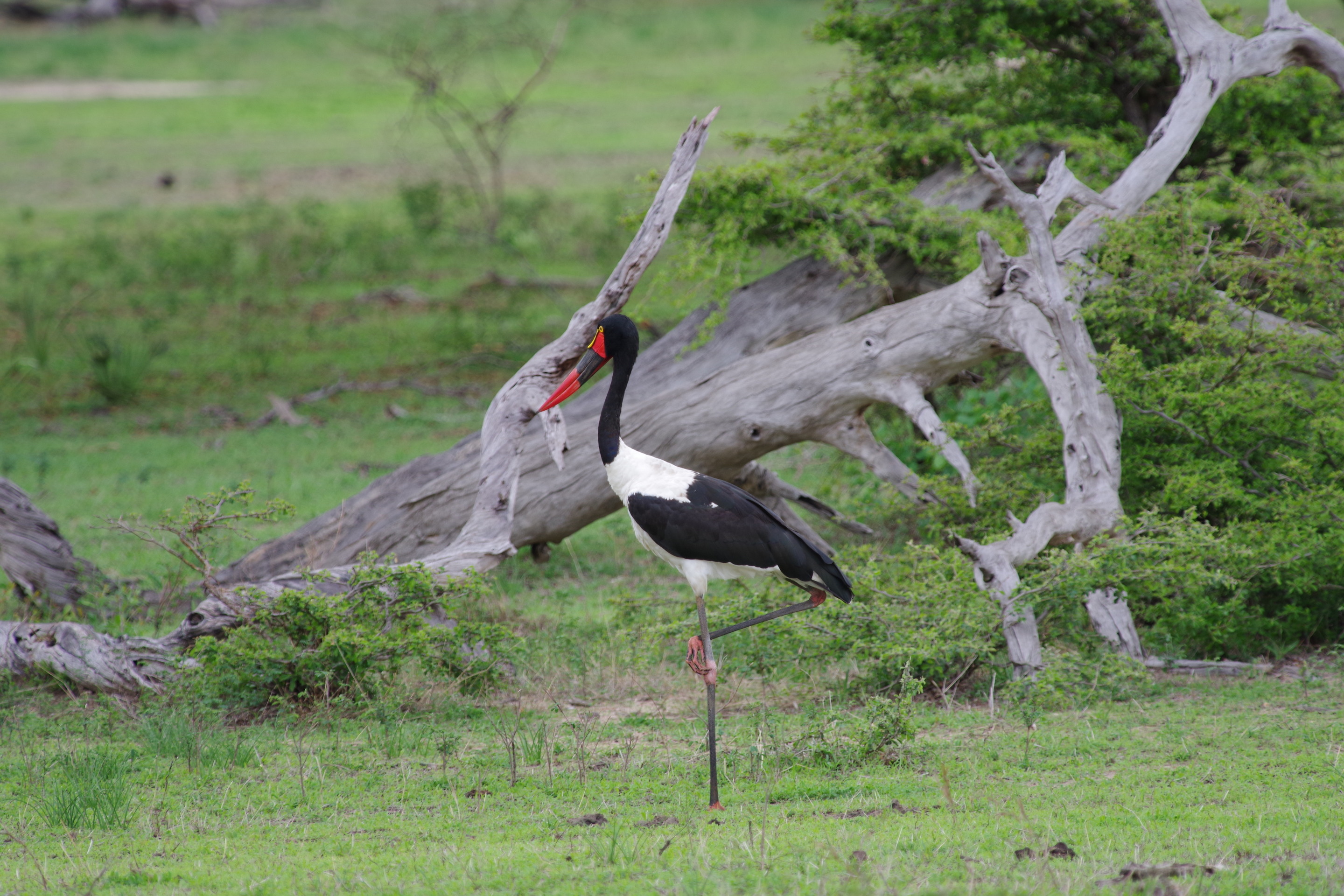
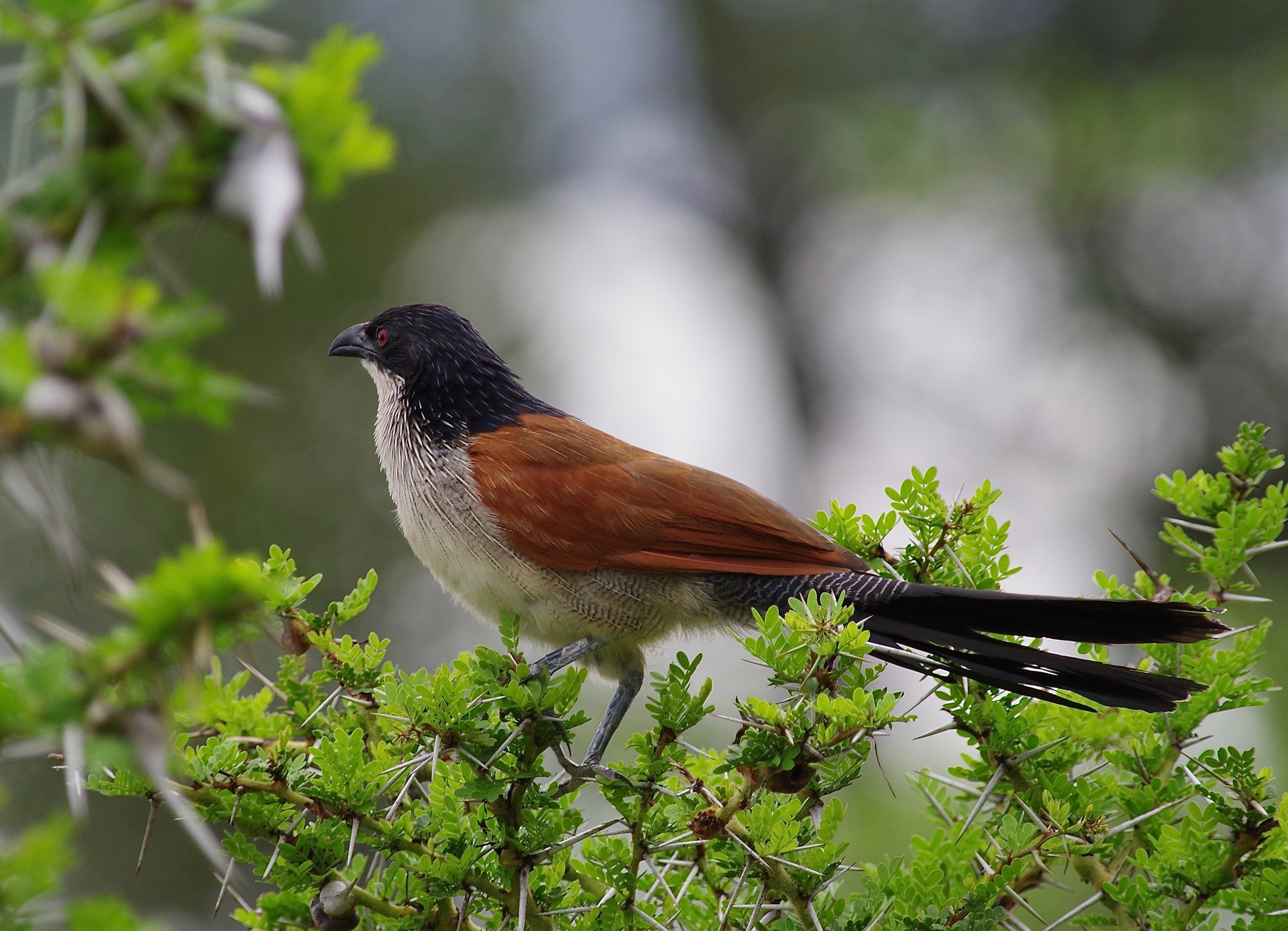
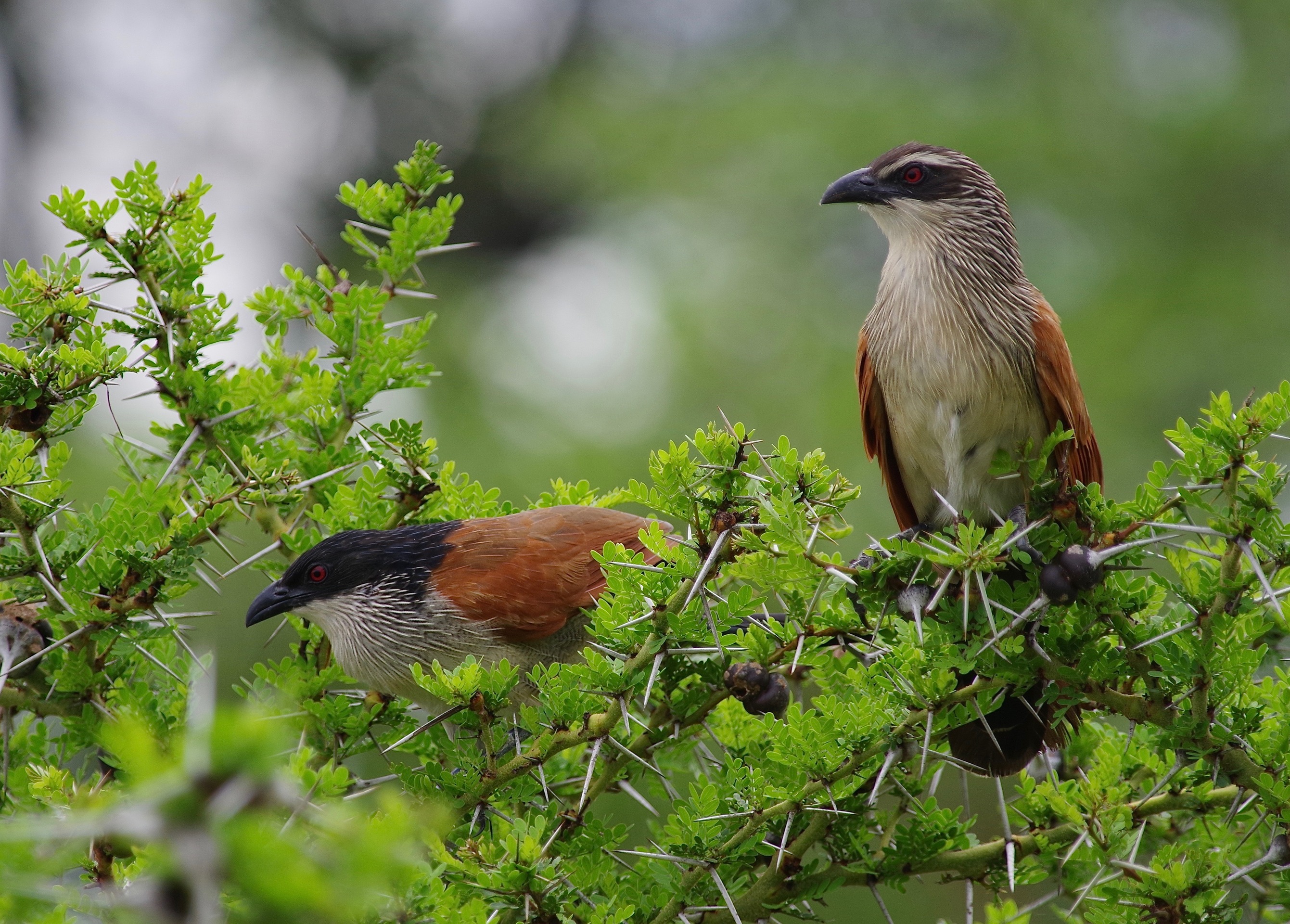


Hi Isac. Thanks for reading my travel blog and giving me your reflections. It's nice to share adventures and thoughts.
Leif
In the future, we need to build more animal sanctuaries to protect endangered species, as the environment is changing rapidly and nature is being destroyed by humans. This is very necessary right now, and I am immaculate grid very happy to see this kind of information.